The History of the Pinehurst Inns
The History of the Pinehurst Inns
By Lee Pace
Village greens were frequently integrated into the landscape designs of small towns across New England in the 1800s. Often thought of as “the front porch” to a town, they provided space for congregation, recreation and conversation, sometimes with a pond for livestock watering. Thus, it’s no wonder that the Bostonian who conceived and built Pinehurst in the mid-1890s directed his landscape architect to weave a large oval into the village design.
And across the street from the northern edge of this village green, James Tufts built a small hotel that was the first domino to fall in what would become the world-famous Village of Pinehurst.
“It has been built with the greatest regard for the health, comfort and convenience of guests,” said Tufts, the wealthy soda fountain magnate who conceived Pinehurst as a wintertime respite from the harsh New England weather. “It is provided with bathrooms, electric lights, steam heat, call bells in all the rooms, open fireplaces and the best quality of hair mattresses and substantial furniture … There is a billiard room, smoking room and room for whist, dominoes and games. The parlor provided with a piano will afford the opportunity for occasional dances.”
The Holly Inn opened on Dec. 31, 1895, with 20 of Tufts’ friends attending the gala New Year’s Eve program. Its 45 sleeping rooms were open to the public soon after, and the Holly was so popular that within two years, Tufts had doubled the room inventory. It only took three more years for the Holly to be engulfed in demand, leaving Tufts no choice but to build a much larger hotel. The Carolina Hotel opened in early 1901, with 250 richly furnished guest rooms, including 49 suites with baths.
And though the Carolina remains the lynchpin in the Pinehurst Resort golf and travel portfolio, which includes nine 18-hole golf courses and the innovative and wildly popular nine-hole Cradle, the Holly has been restored several times and exists today as one of several cozy options in the heart of the Village.
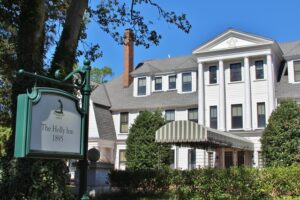
The Holly Inn, Pinehurst, NC
“The Holly is more of an intimate, romantic alternative to the grand hotel experience you have at the Carolina Hotel,” says David Rau, an interior-design consultant involved in a major renovation in 1997. “It’s more about pampering and deluxe accommodations with a heightened level of service.”
The Holly Inn has 85 guest rooms, including eight suites (two of them bi-level). The furnishings and appointments are a blend of the old (full-length cheval mirrors, rocking chairs, porcelain pedestal sinks, beds with padded headboards) and the new (two phones in each room, worktables, Internet access, in-room safes and plenty of shelf space in the bathroom).
The heart of pine floors in the lobby, the fireplace and stage in the octagonal Music Room are original fixtures from nearly 12 decades ago. The floors creak and the hallways on the upper floors tilt just a hair after more than a century of settling. The wooden doors are dense and heavy; framed antique postcards showing the inn as it looked in 1905 hang from the picture molding in each room.
Walk out the front door of the Holly, turn right and go west for 250 yards and you’ll come to the front door of the Magnolia Inn, the second oldest boarding establishment in Pinehurst. It opened in 1896 as a four-story building and in the early 1900s was used for overflow from the Carolina Hotel. The size of the building obscured Tufts’ view of the village from his room at the Carolina, so he had the top floor removed; a “stairway to nowhere” still exists from the third floor to what was the fourth floor. The basic structure of the building today is original.
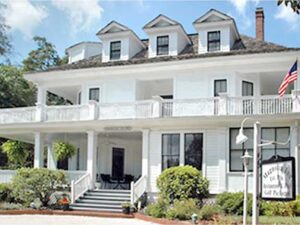
The Magnolia Inn
The Magnolia has been through a number of ownership changes over a century-plus (it even served as a doctor’s office at one time) and is in the process of making its most significant transition. Ron and Julie Milton bought the hotel in 2019 and opened Villaggio Ristorante & Bar, which quickly became one of Pinehurst’s most popular restaurants with pasta dishes ranging from carbonara to Bolognese to primavera prepared fresh, in-house daily.
Pinehurst Resort owner Bob Dedman Jr. enjoyed the fine cuisine and pleasant dining experience, struck up a friendship with the Miltons and offered to buy the inn and fold it into the resort operation. The deal was announced in September 2021. The inn is currently being refurbished and will reopen in November.
The original 12 guest rooms have been reconfigured into two suites and eight standard rooms. The décor features a soft color palette with an historical feel, and the bathrooms have been completely gutted and rebuilt; gone are the free-standing tubs with clawfoot bases and in their place are walk-in showers. The rooms have been named for streets in the village (i.e., Market, Dogwood and Vista) and guests will have a goody bag in their room with gifts from village shops.
“Golfers, we can take of them all day long,” says Matt Chriscoe, director of lodging at Pinehurst Resort. “The Magnolia hits a niche we haven’t been as strong in—couples, ladies coming for the spa, bachelorette parties, things of that nature. The Holly and the Magnolia together fit that need very well.”
Two hundred yards to the north of the Magnolia is the intersection of Magnolia Road and Dogwood Road and set on opposite sides of the intersection are the next two inns with deep roots into Pinehurst’s history. Both the Pine Crest Inn and Manor Inn trace their beginnings to a New England hotelier named Emma Bliss.
Tufts built the Lexington Hotel in 1901 on a lot east of Magnolia Road primarily as a boarding house for Pinehurst employees, and he hired Bliss, an experienced hotel manager who he knew from his home in Medford, Massachusetts, to move south and run the facility along with her husband, John. Tragically, John died in 1913 and Emma was left on her own. She decided to leave the Lexington and build her own hotel on land across the street from the Lexington.
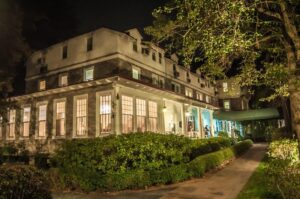
Pinecrest Inn
The Pine Crest opened in November 1913 and was described by the Pinehurst Outlook as “a delightful addition to the list of hotels, its comfort suggested by the charm of the exterior. Modern in every particular, it provides for fully fifty guests, offering several suites with private bath … Spacious colonial pillared verandas, glass entrance doors, and the decorative treatment of the building itself make it a sparkling note of color against the distant sky and pines.”
Bliss ran the inn for eight years and then sold it in 1921 to Donald Ross, the golf professional and course architect at Pinehurst, and his partner, James McNab. Ross and McNab operated the Pine Crest until 1946, two years before Ross’s death in 1948. The Pine Crest was acquired in 1961 by a Pennsylvanian who loved the experience of making a golf trip annually to Pinehurst and the Pine Crest. It remains today in the Bob Barrett family.
“I didn’t know a thing about running a hotel, but I learned the key is to treat visitors warmly,” Barrett said. He also joked often of running a “third-class hotel with first-class guests.”
The Pine Crest has forever been defined by the personality and loyalty of its employees. Carl Jackson was executive chef for more than five decades, and Marie Hartsell a waitress and kitchen supervisor for than 30 years. Thousands of guests back in the day enjoyed trading insults with acerbic bartender Bill Jones and having their morning juice poured by Dick Broder, who was never short of corny jokes and stories of his beloved Boston Red Sox.
“The Pine Crest is certainly a throwback,” says resident manager Drew Gross. “People say all the time, ‘It’s like going to your grandmother’s house.’ One thing I love about it is, the locals and the guests blend easily. There are no strangers at the Pine Crest.”
Once Emma Bliss divested herself of the Pine Crest, she pursued yet another hotel venture. The Lexington was dismantled in the spring of 1923 and on that site, she built the Manor Inn. The four-story, L-shaped building opened in December 1923, and Bliss operated it until her death in 1936. The inn changed ownership several times throughout the next half century but remained popular and was the favorite lodging facility for Deacon Palmer and his friends from Latrobe, Pennsylvania, including his son, Arnold.
Pinehurst Resort bought the Manor in 1990 and used it as more as a “budget-minded” option in its portfolio. Resort officials decided in 2018 to renovate it into an upscale, boutique-style property geared toward smaller golf groups. It reopened in the fall of 2019.
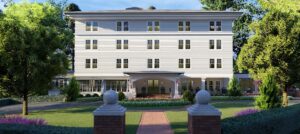
The Manor Inn, Pinehurst, NC
All of the interior spaces have been completely renovated, leaving only about 15 percent of the hotel’s framing in place, and it has two finely appointed private hospitality suites, ideal for groups up to 20.
The North & South Bar was conceived to honor the traditions of Pinehurst’s long-standing amateur golf championships (and the professional version that ran from 1901 to 1951) and is richly decorated with vintage advertising and photographs. It features nearly 100 styles of bourbons, whiskeys, ryes and Scotch and has an outdoor patio area with three fire pits.
“Our intention was to improve upon and modernize the guest experience while still preserving the Manor’s unique charm. I think we’ve accomplished that in fine fashion,” Dedman said upon the reopening. “Our mantra is simple: always Pinehurst, but always better.”
That puts four historic inns with 300 yards of the Village Green and more than four centuries of combined relevance in the Pinehurst hospitality scene.
Chapel Hill based writer Lee Pace has written about golf in the Sandhills since the late 1980s and has authored a dozen books about clubs, courses and the people who’d made it special over more than a century.
Other Blogs
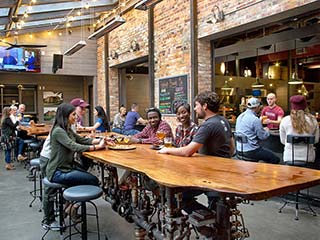
10 Great Things To Do
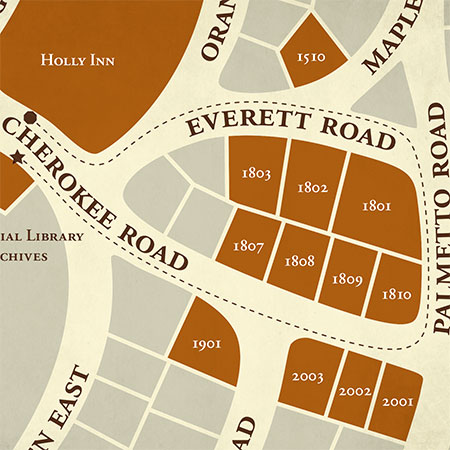
Discover The Path To Pinehurst’s Past

Insider Golf Tips
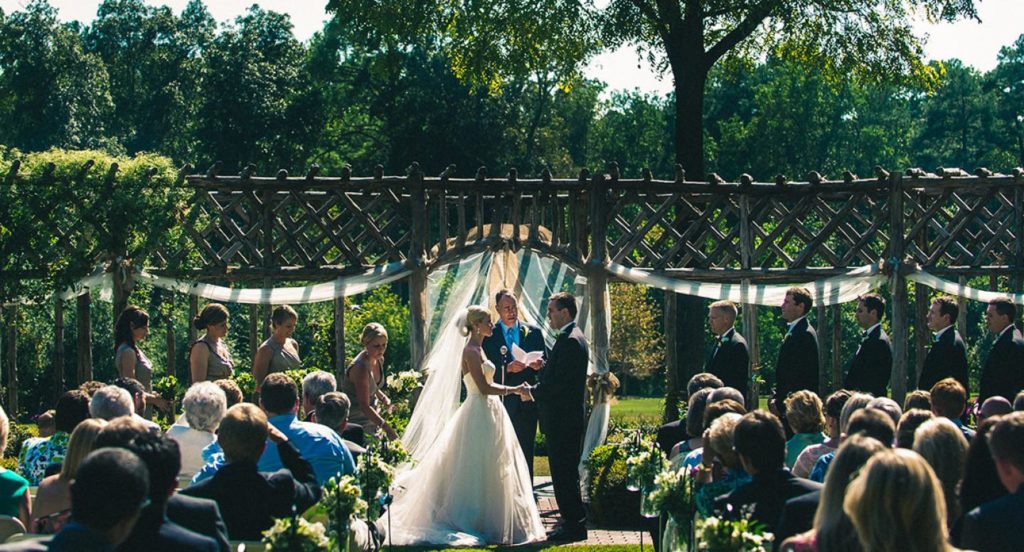
Unique Wedding Venues

North Carolina Couples Vacation
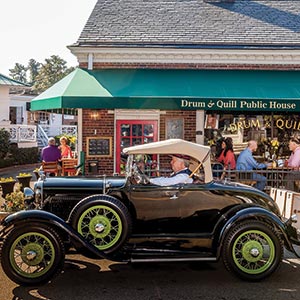
Our Favorite 19th Holes in the Home of American Golf
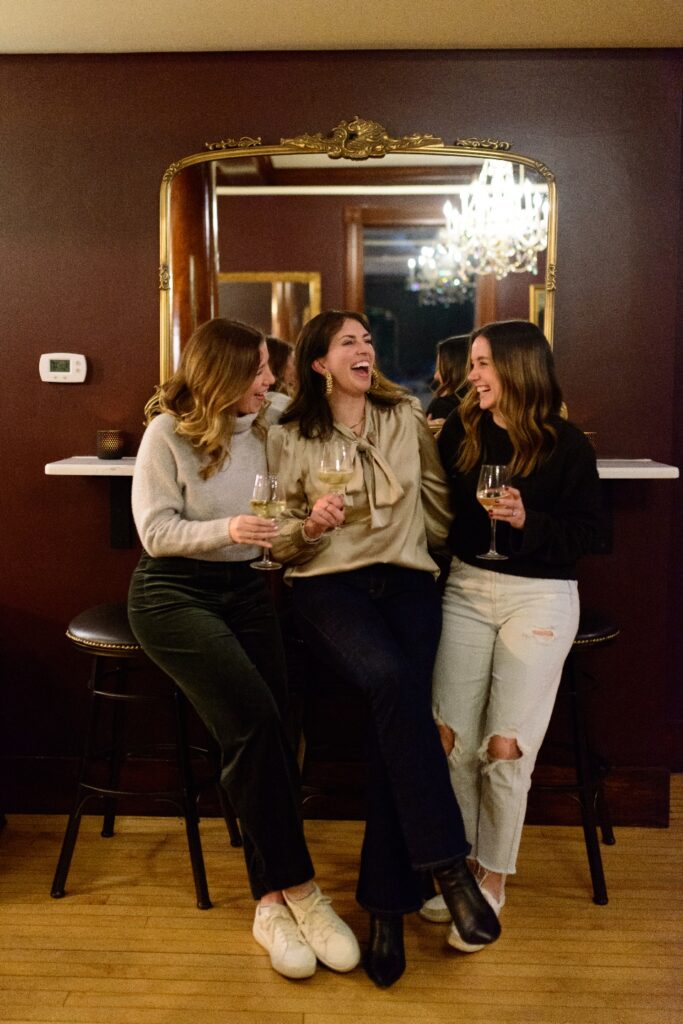
Girlfriend Getaways

Tobacco Road: A Truly Unique Golf Adventure
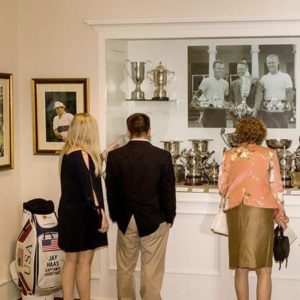
Carolinas Golf Association Hall of History

Where the Ladies Golf
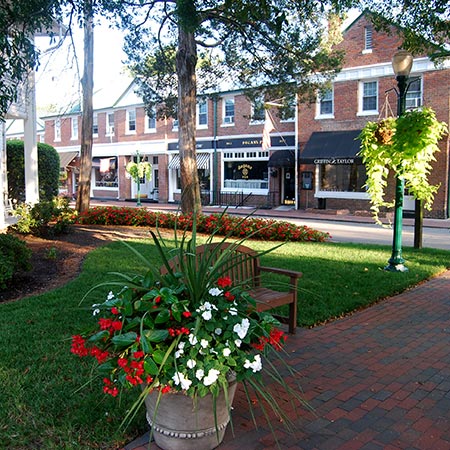
Romancing Pinehurst
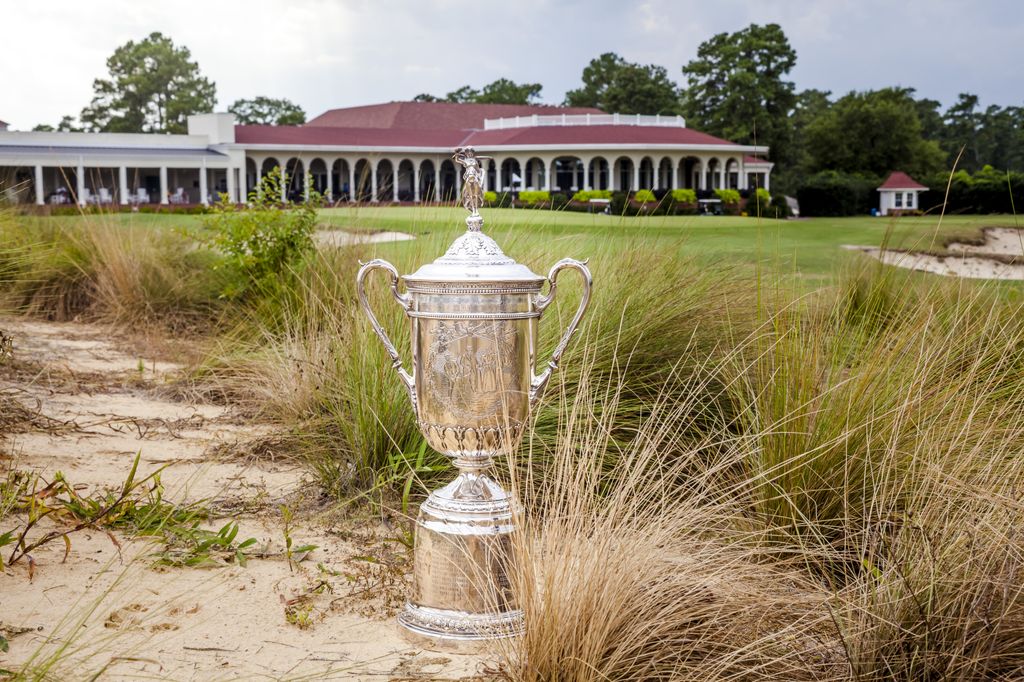
Home of American Golf and U.S. Open Connections
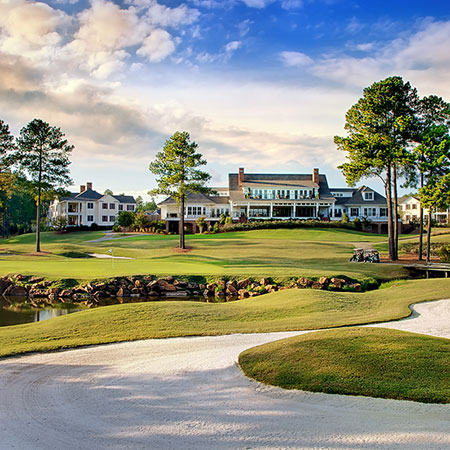
Former U.S. Open Champions Provide Pinehurst Area Some of Its Finest Designs
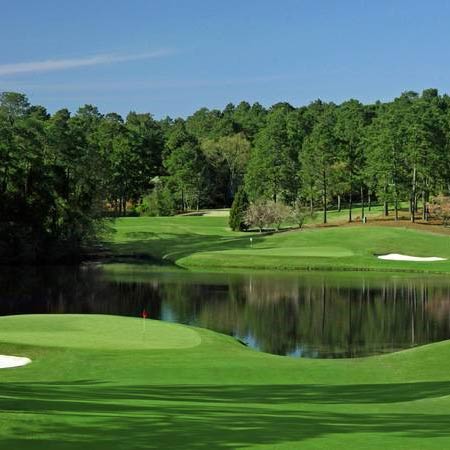
Donald Ross First of Many Architects to Design U.S. Open-Quality Courses in Sandhills
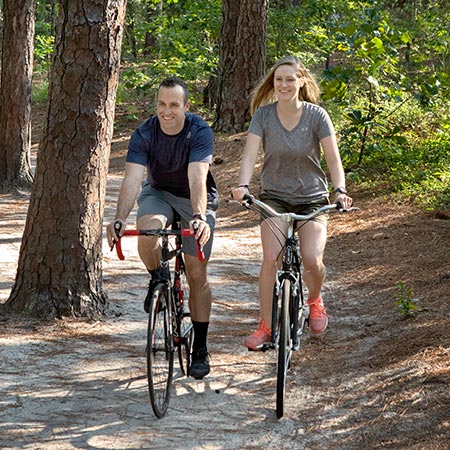
Sandhills Offers Outstanding Variety of Outdoor Activities
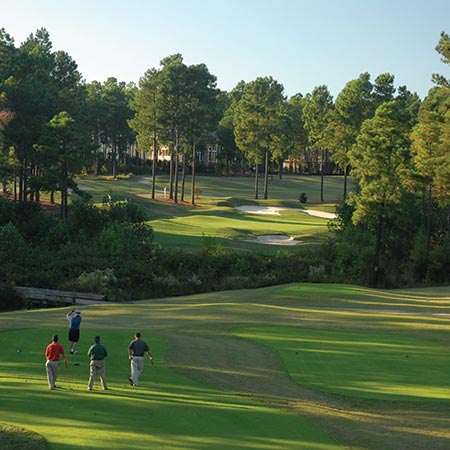
Buddy Golf Trip
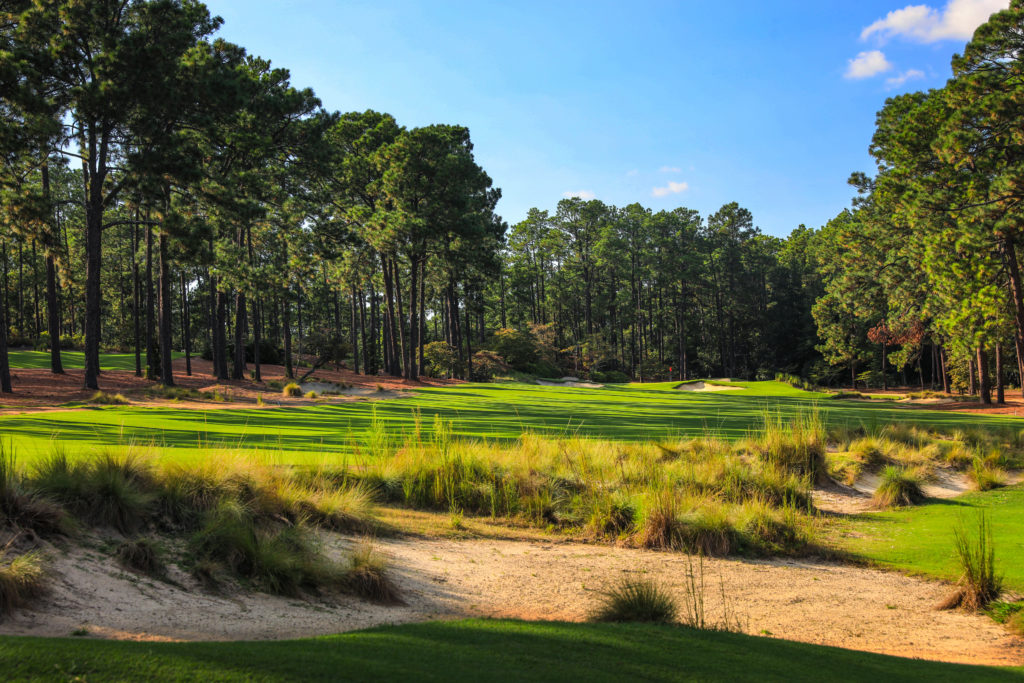
18 Holes of Local Knowledge for the Sandhills Golfer
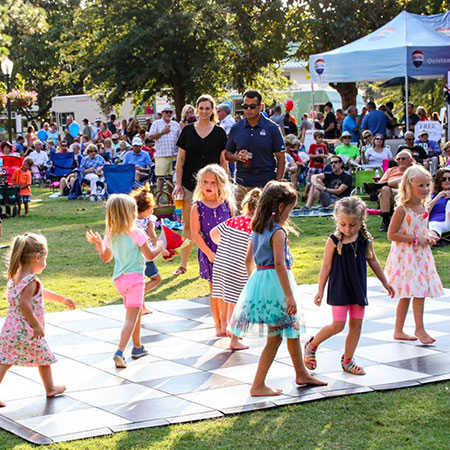
The Family Fun Trip
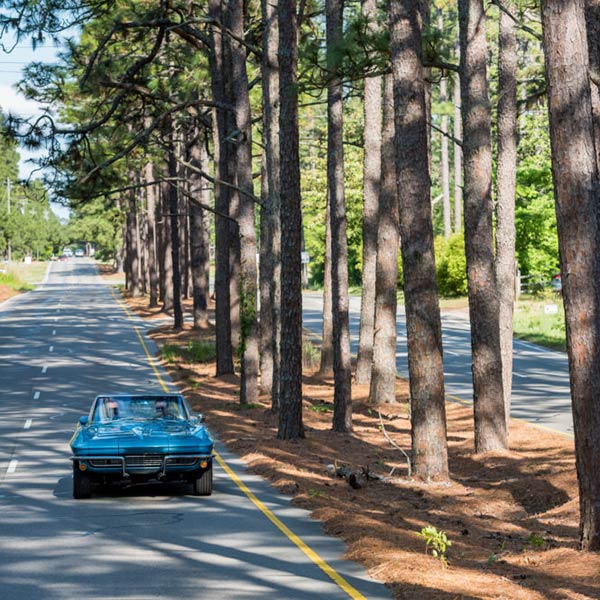
Midland Road: The “Fifth Avenue of Golf”
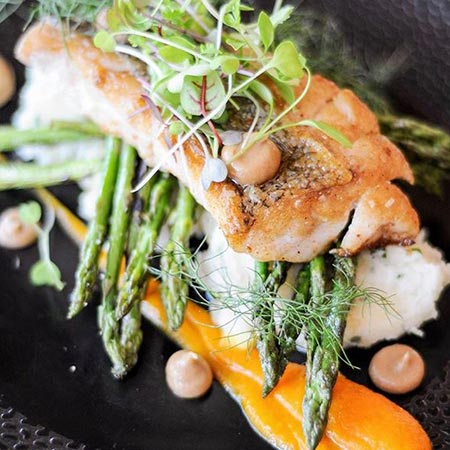
Collards, Community and Collaboration
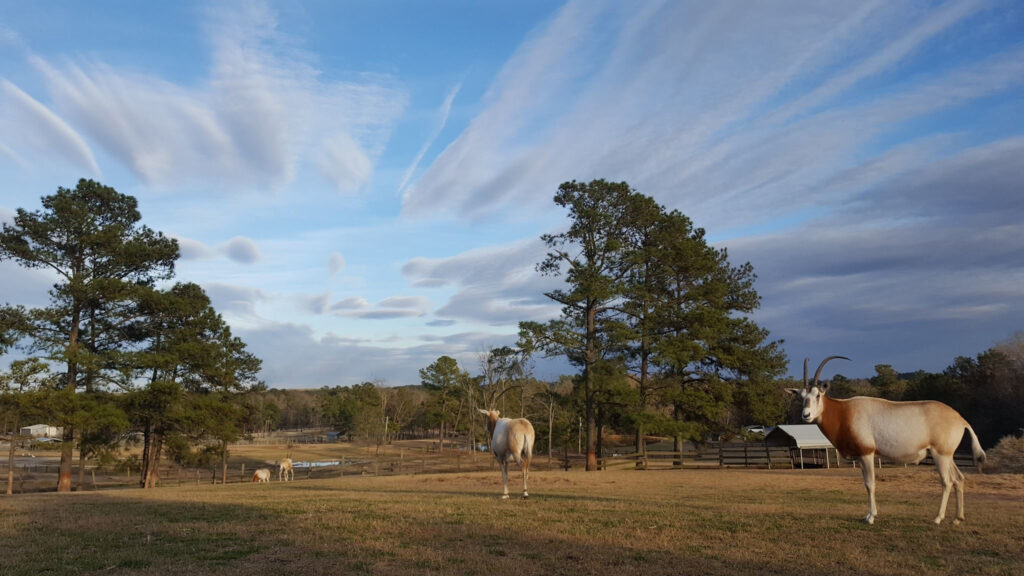
10 Little-Known Facts About North Carolina’s Pinehurst/Southern Pines Region
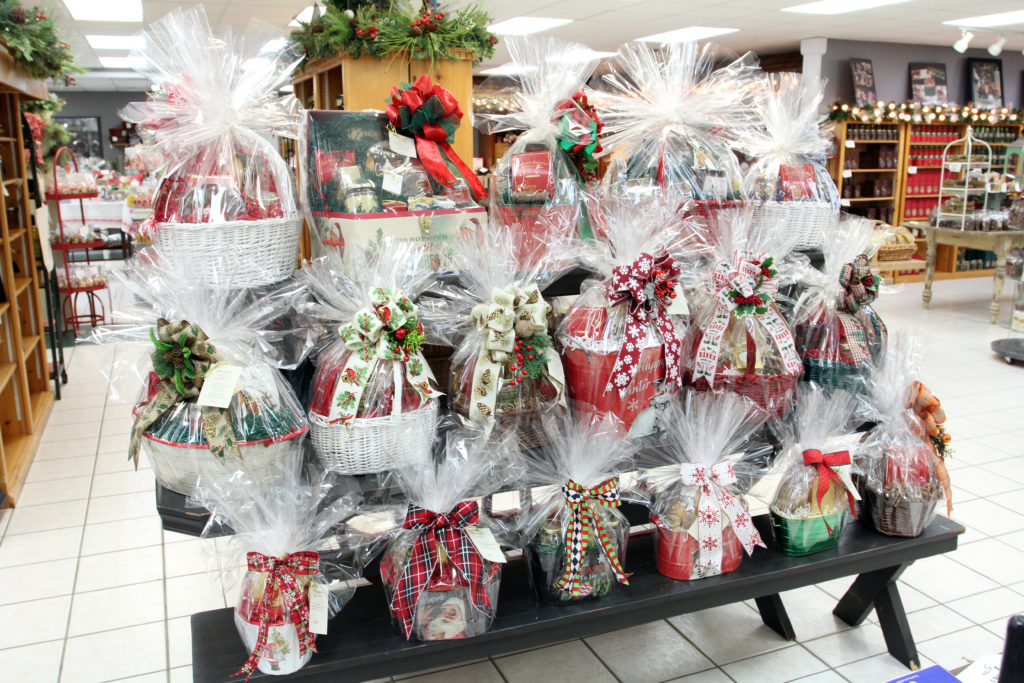
Sandhills Holiday Gift Guide

Spring Primer: Local Knowledge from the Home of American Golf

Our Favorite Coffee Shops in the Sandhills

Franz Creating Legacy on the Links

Bring Fido! Pet-Friendly Finds Among the Pines
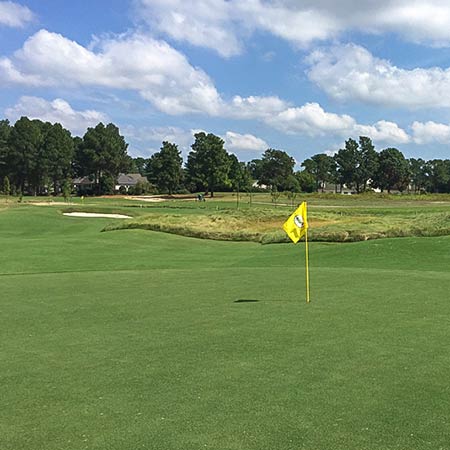
Bottlebrush: Pinehurst Area’s Best Kept Secret

Franz Part 2: The Legacy Continues

Why Visit Pinehurst If You Don’t Play Golf?

First Timer’s Guide to Pinehurst
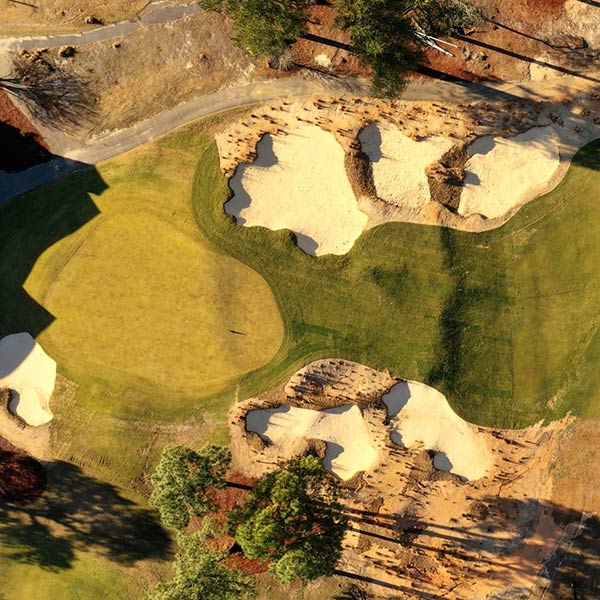
Franz Part 3: On Sandhills Topography
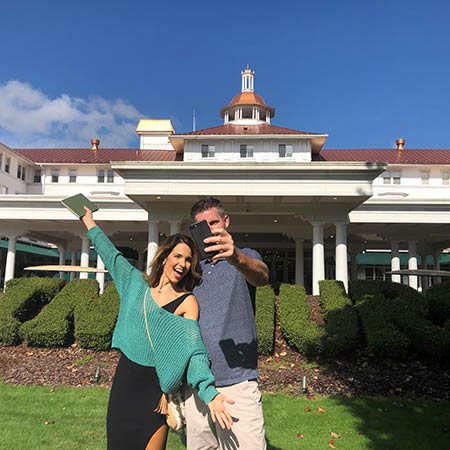
Top 10 Places for a #Sandhills Selfie
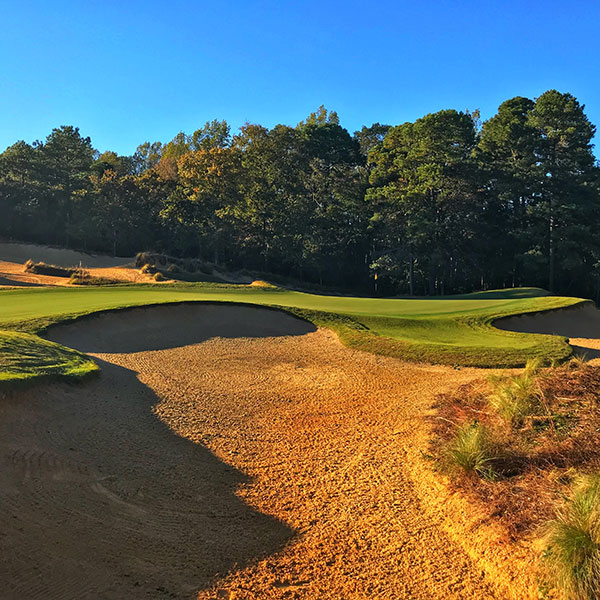
“Bermuda Revolution” Around Sandhills Leads to Ideal Year-Round Golf

Hunger Games – Sandhills Golfers Dining Guide

Episode 1: Golf Tips with Nick Bradley

Episode 2: Golf Tips with Nick Bradley

Sandhills Embraces Walking Culture
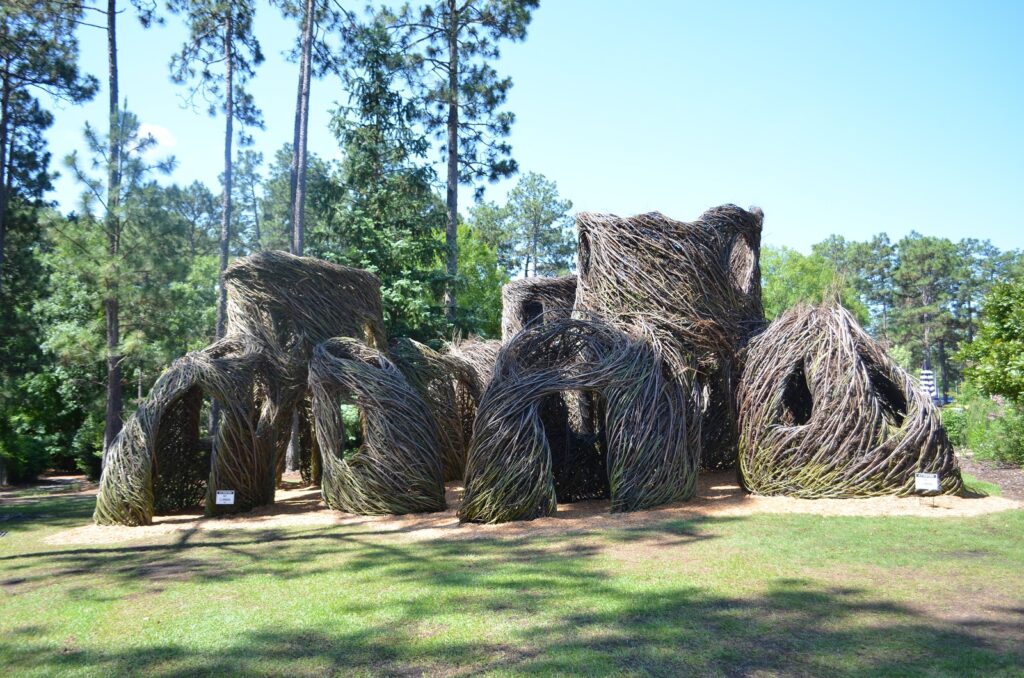
Patrick Dougherty: The Stickman Cometh

Dining A to Z

Fall Renewal in the Sandhills

Pinehurst’s Ryder Cup 1951

No. 2 Celebrates 10 Years

2004 Ryder Cup That Wasn’t
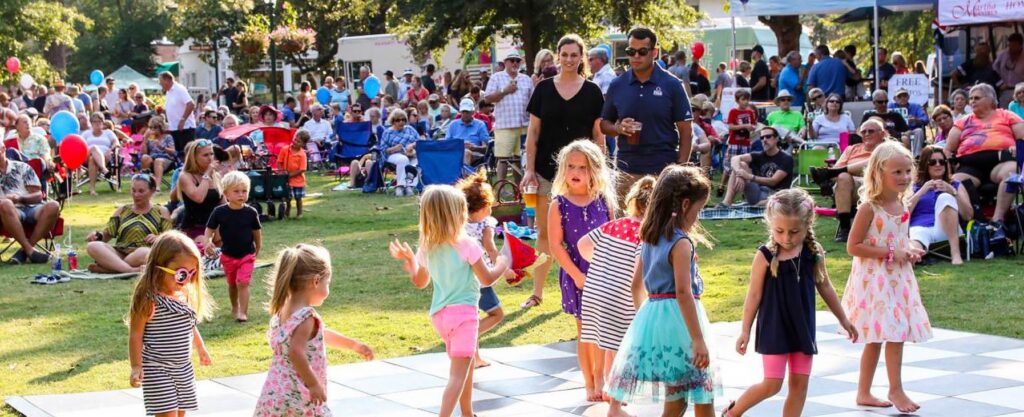
Family Fun in the Sandhills
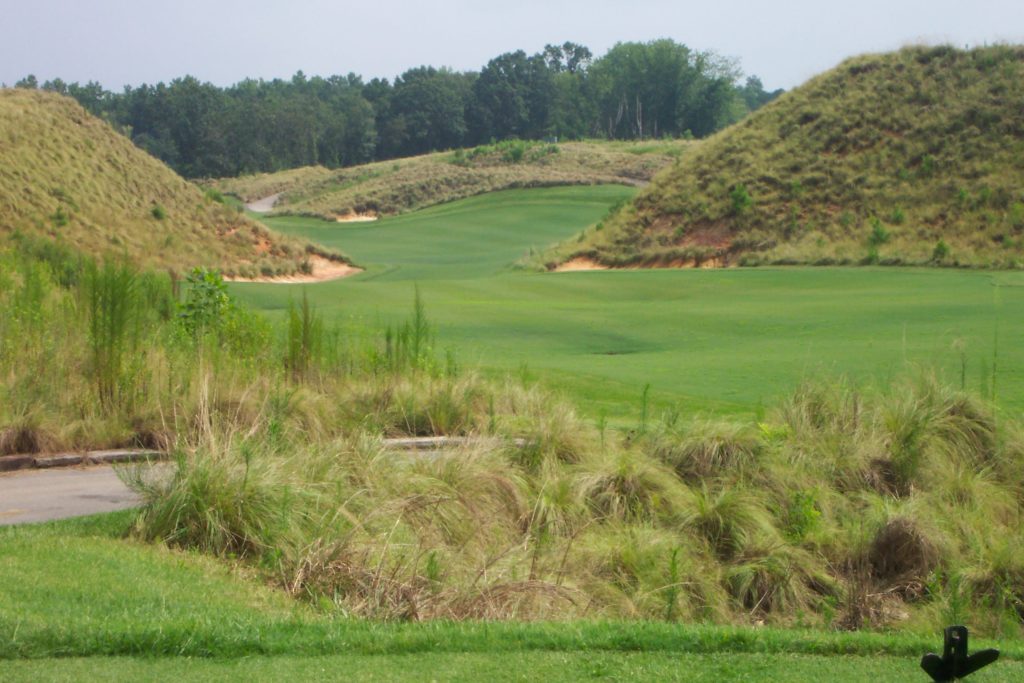
Remarkable Golf Stays in The Pinehurst Area

Couples Weekend Getaway Ideas

Nature’s Canvas: Tobacco Road

Perfect Getaway to Southern Pines
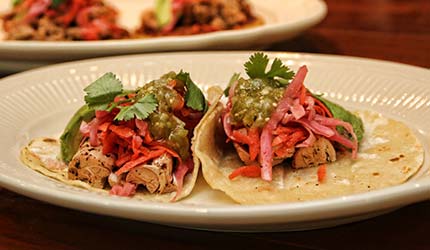
Culinary Discoveries in the Sandhills of N.C.
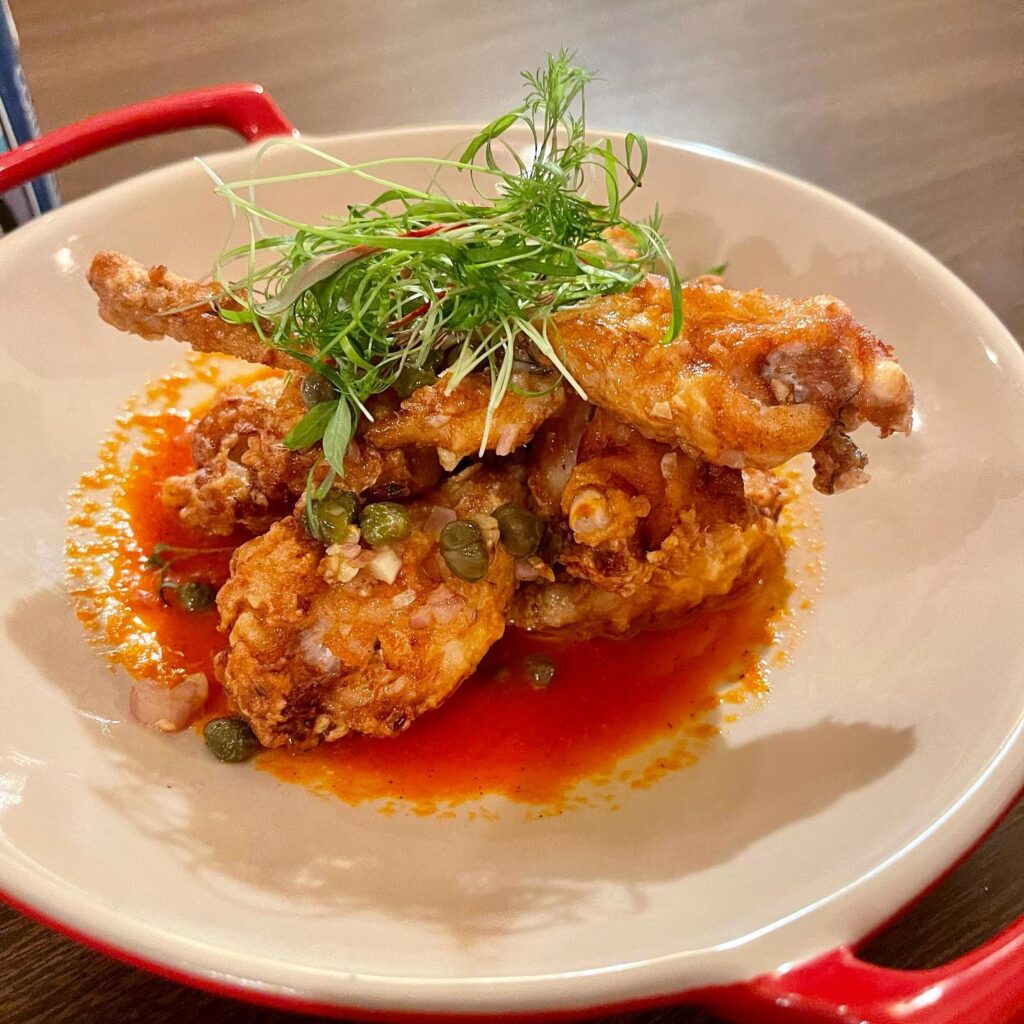
Restaurant Roundtable Q&A
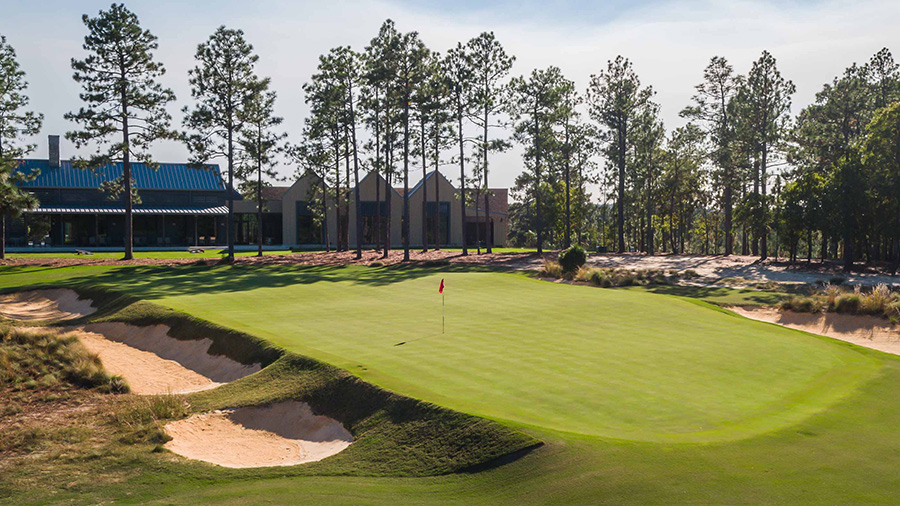
Dormie Club’s New Era
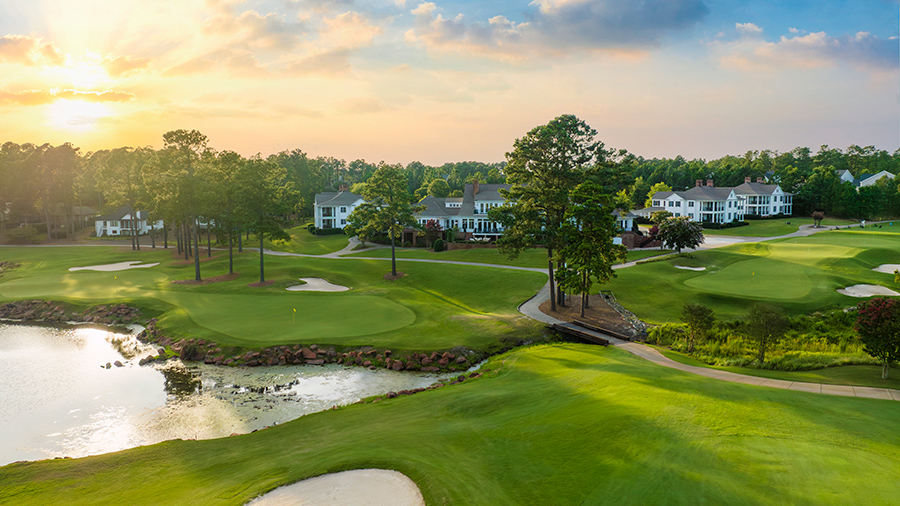
Talamore and Mid South: History of Their Own

Undiscovered Pinehurst

Off for Pinehurst
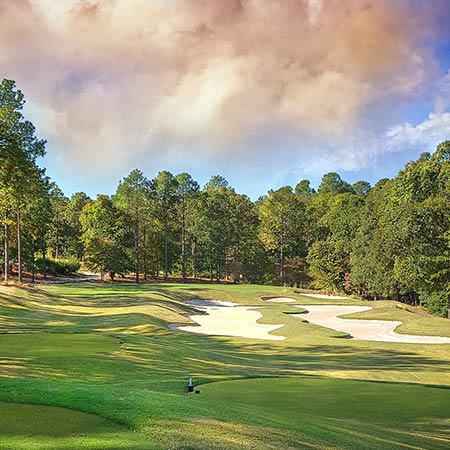
Talamore Doing More for 2022
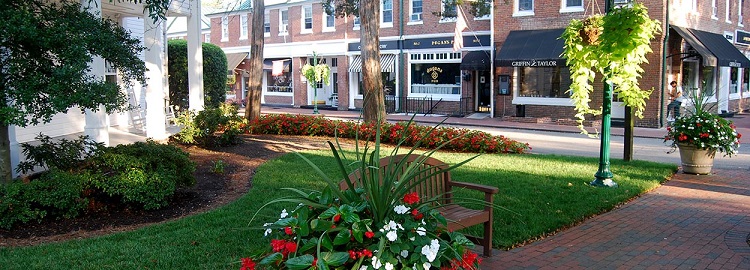
Romantic Gift Ideas In Pinehurst Area

Foodie Weekend in the Sandhills
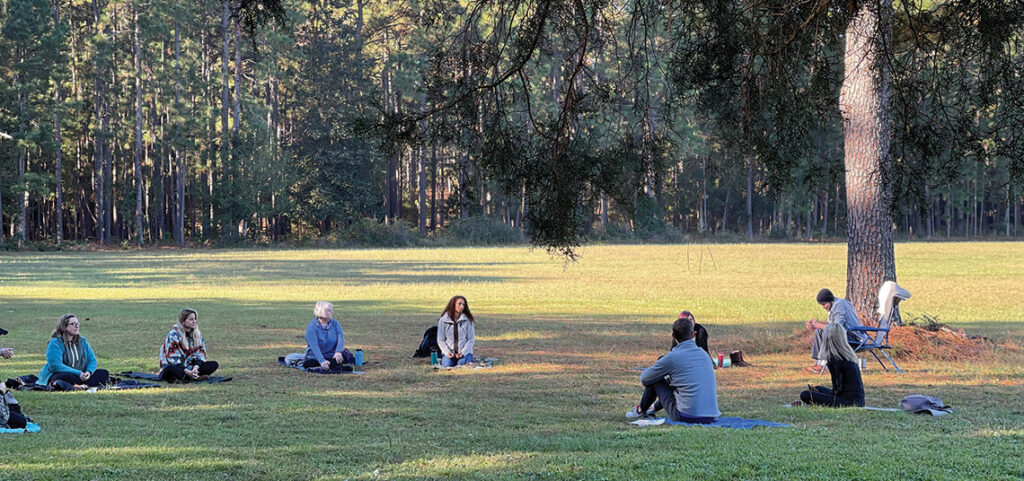
Wellness in the Pines

The Military Means Business in the Sandhills
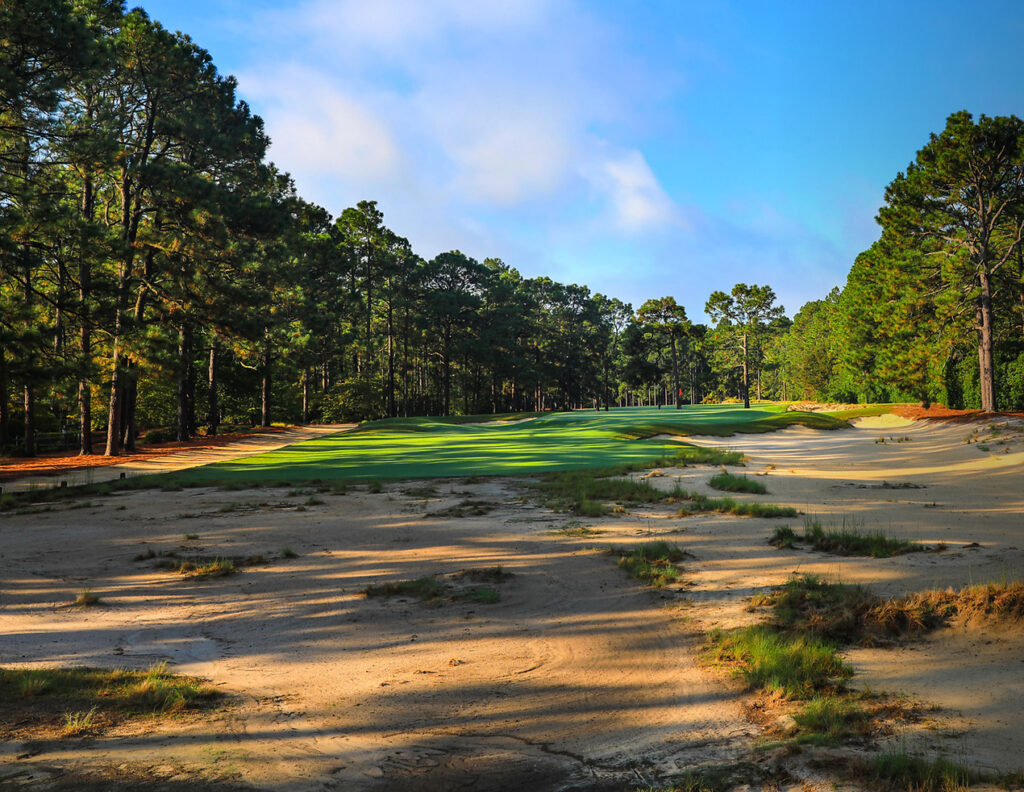
Pine Needles Goes Back in Time
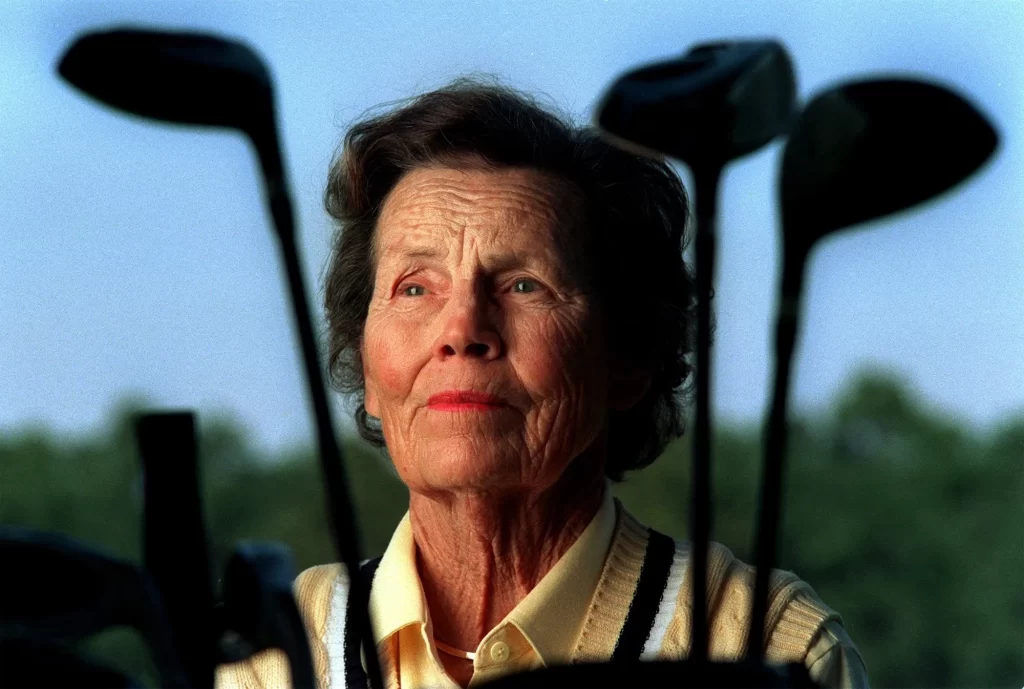
Grande Dame of Women’s Golf
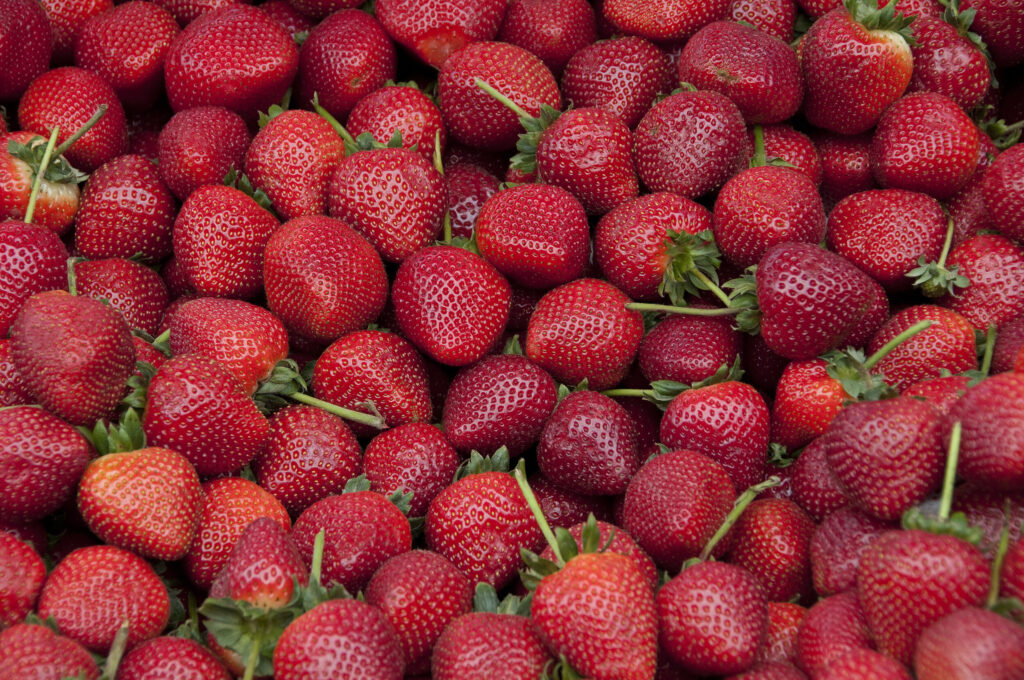
A Guide to Berry Picking in the Sandhills
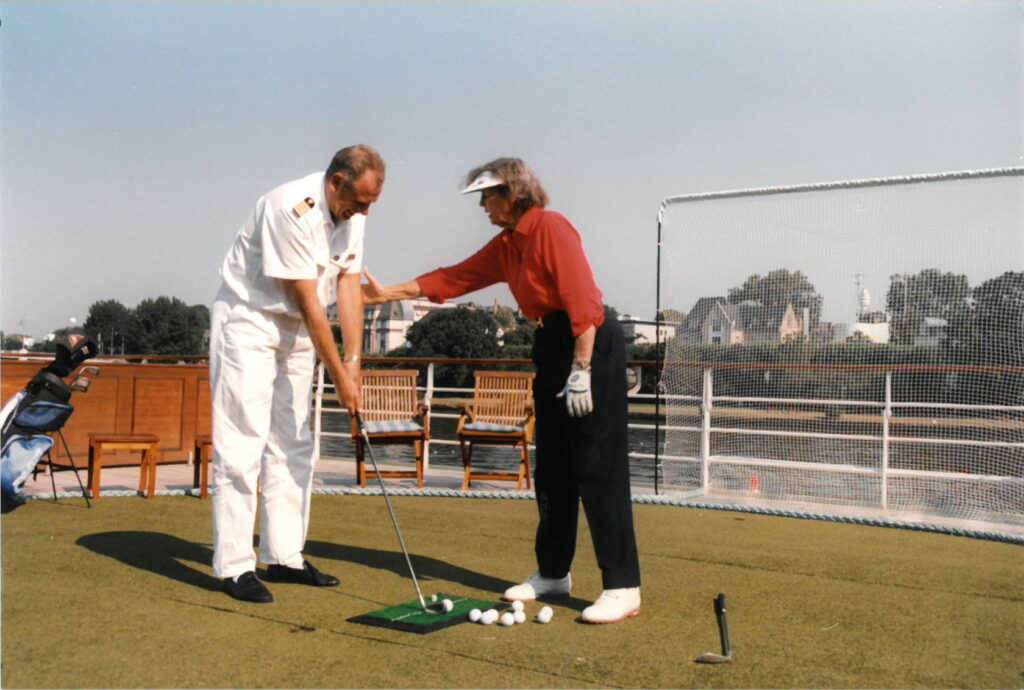
Waltzing on the Danube with Peggy Kirk Bell

From Cradle to Cradle

Donald Ross Could Golf His Ball
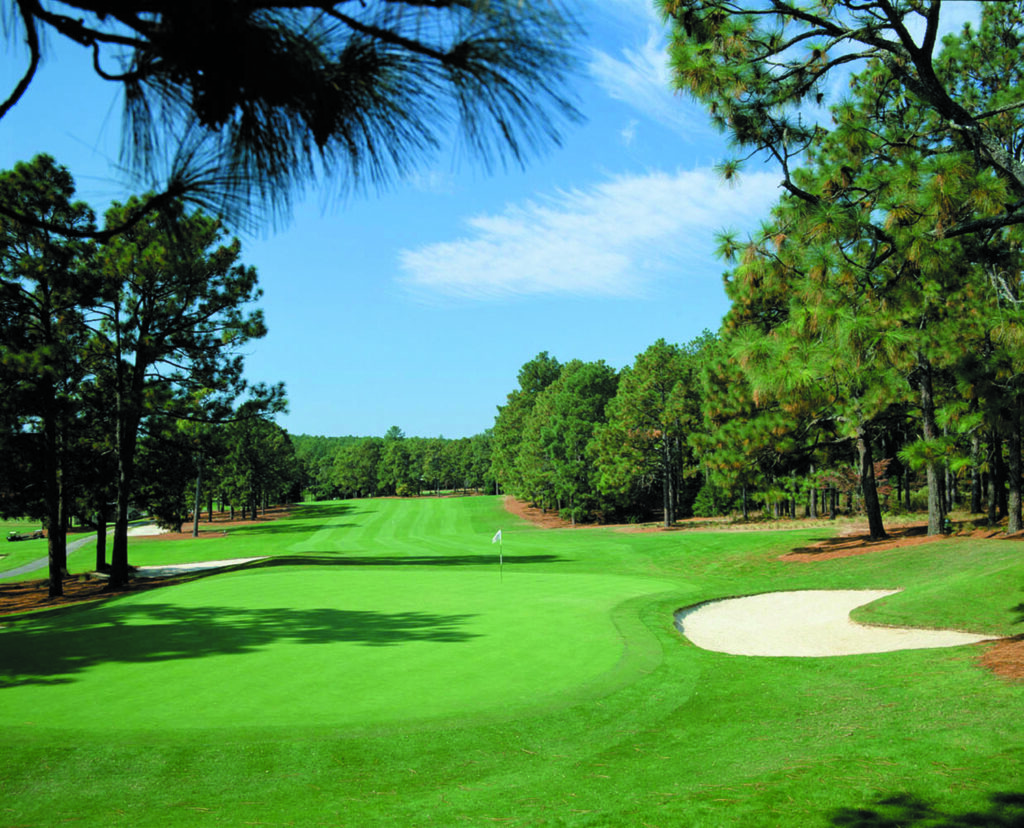
No Resting on Laurels Around the Home of American Golf
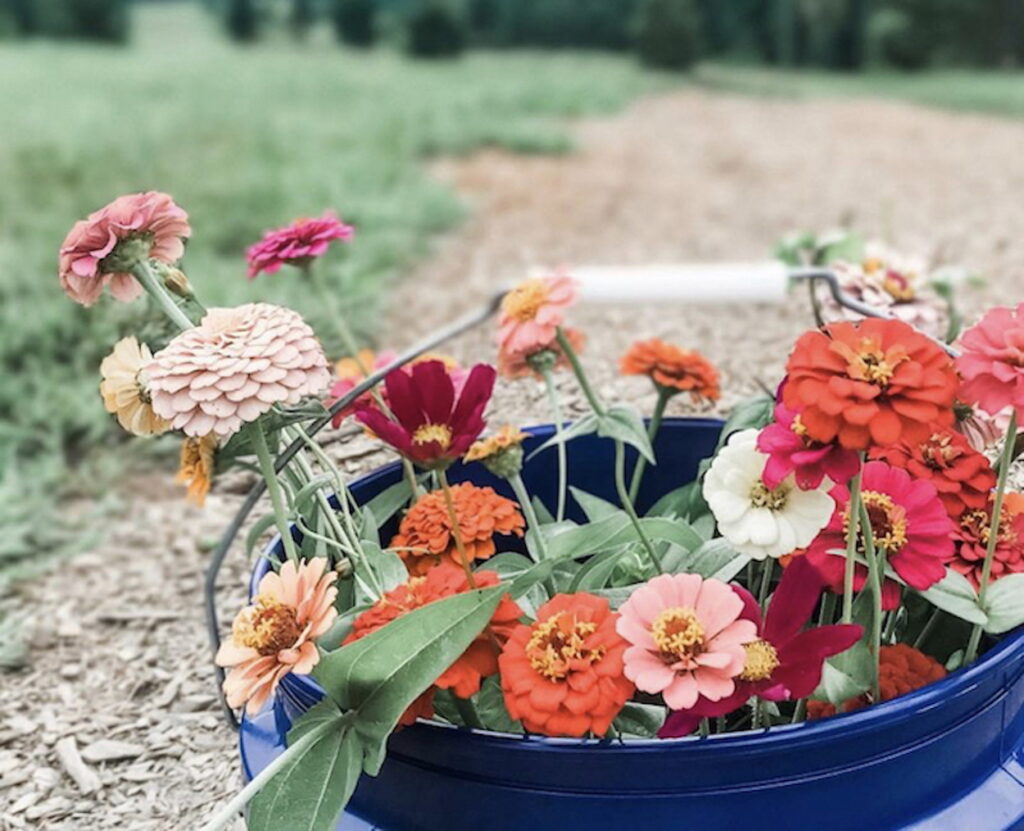
Flower Farms in the Sandhills
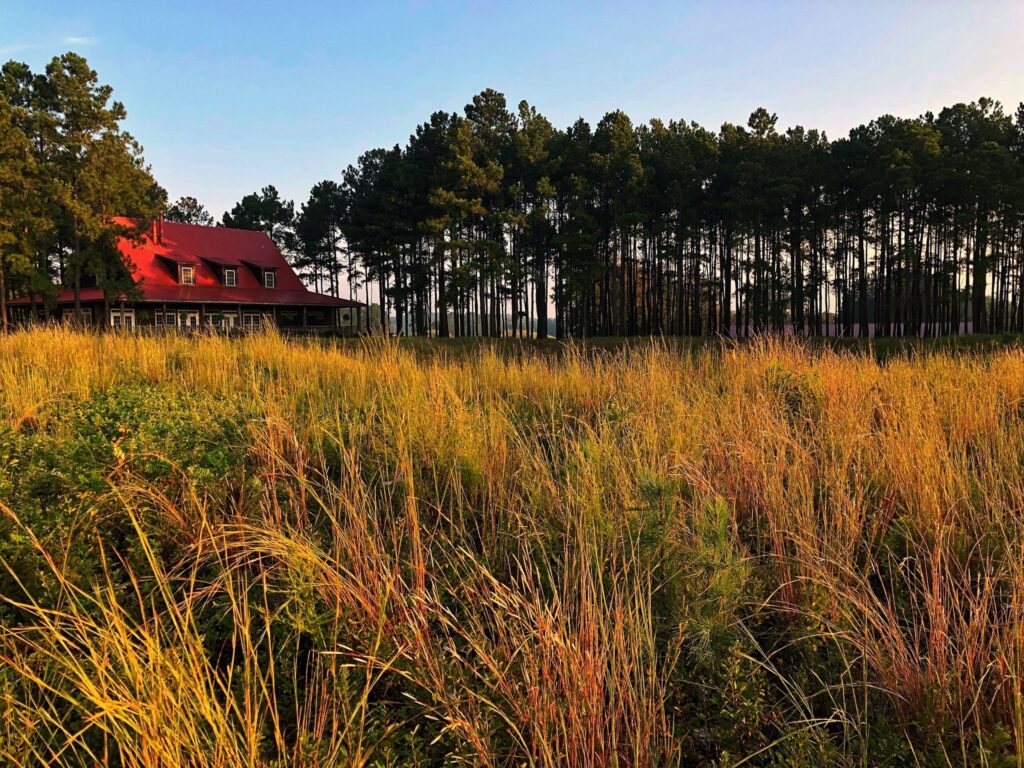
Fall into Pinehurst Golf

What Goes Around…
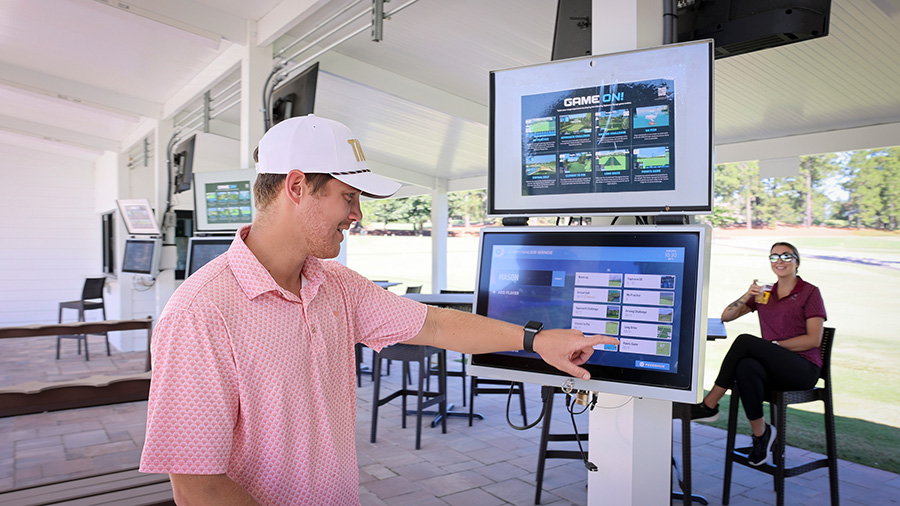
Talamore Resort Debuts New Toptracer Range
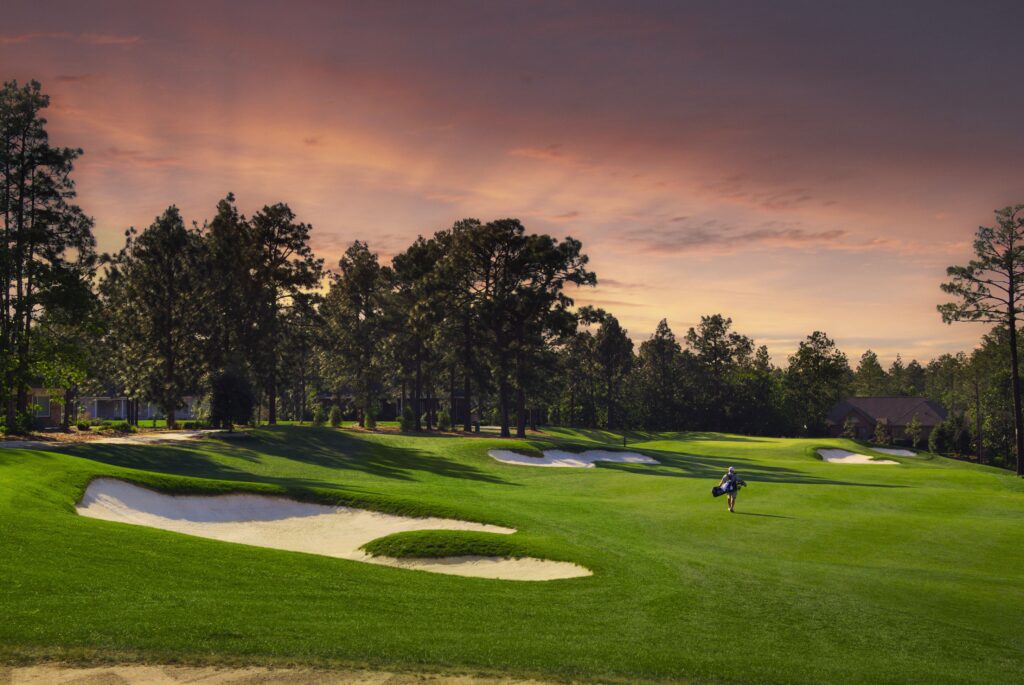
“For me, Pinehurst is such a special place for golf!”- Tom Fazio
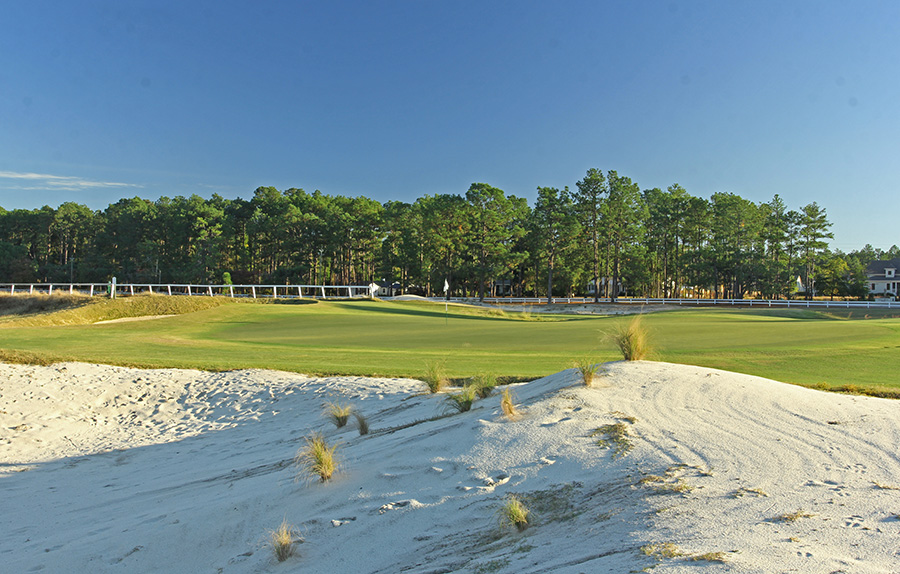
Maples Roots Run Deep in Sandhills Golf Design

New Southern Pines Mural

Pinehurst Area Buzzing with 2023 Excitement

Discover the Sweetness of the Sandhills
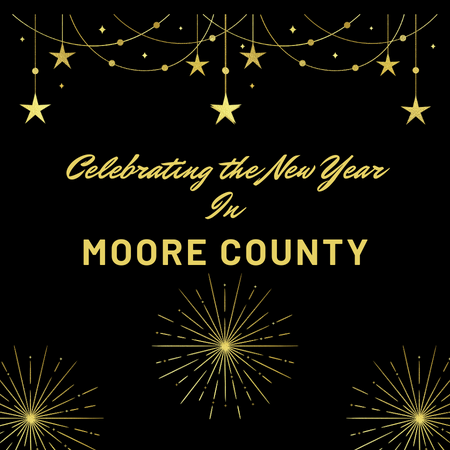
Celebrating the New Year in Moore County

The Big Three
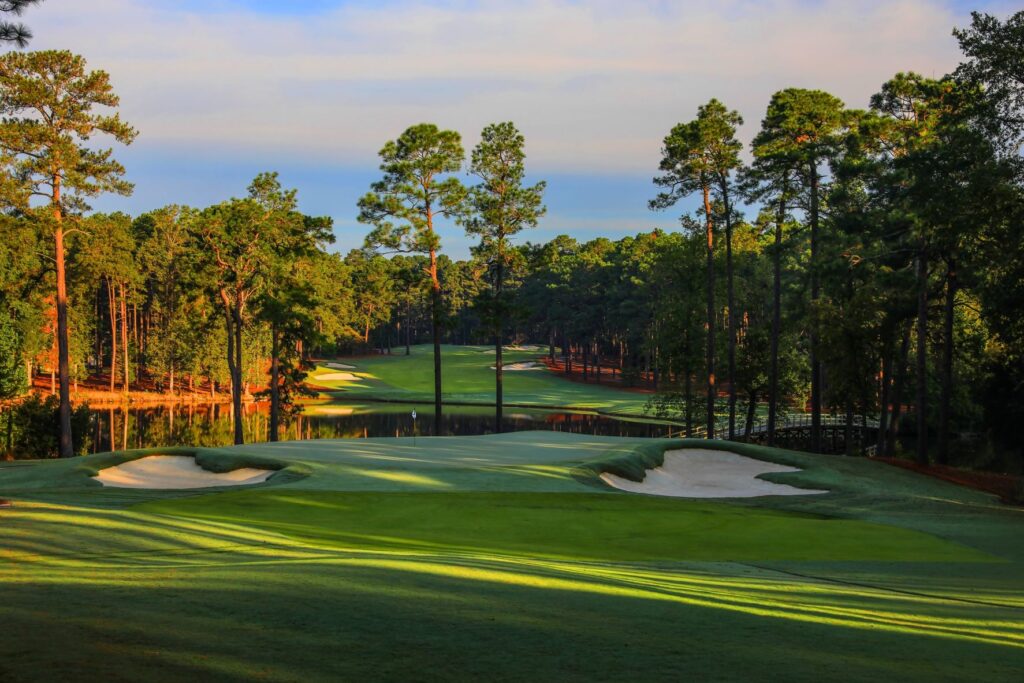
Jones Family Imprint
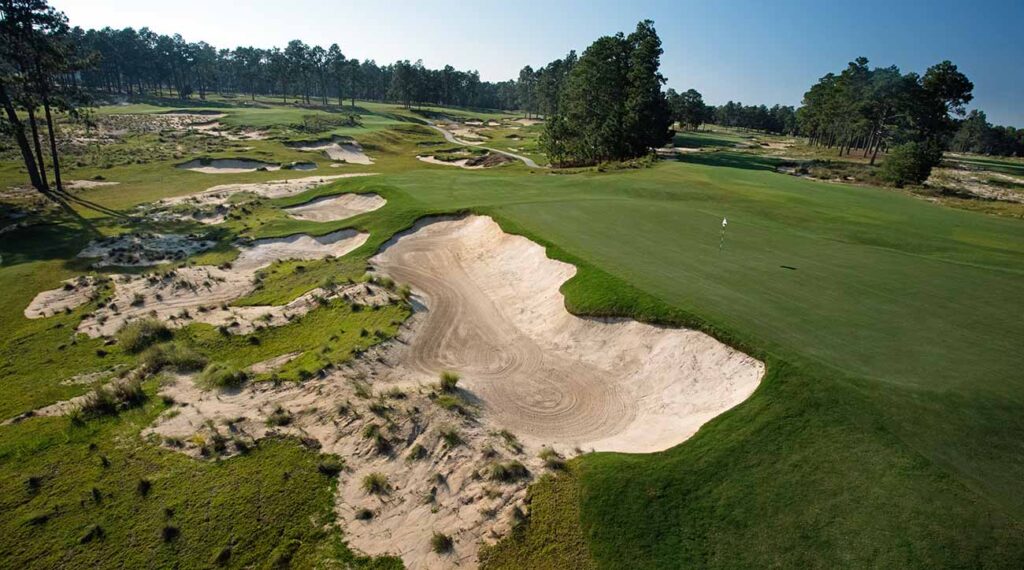
The Hanse Touch
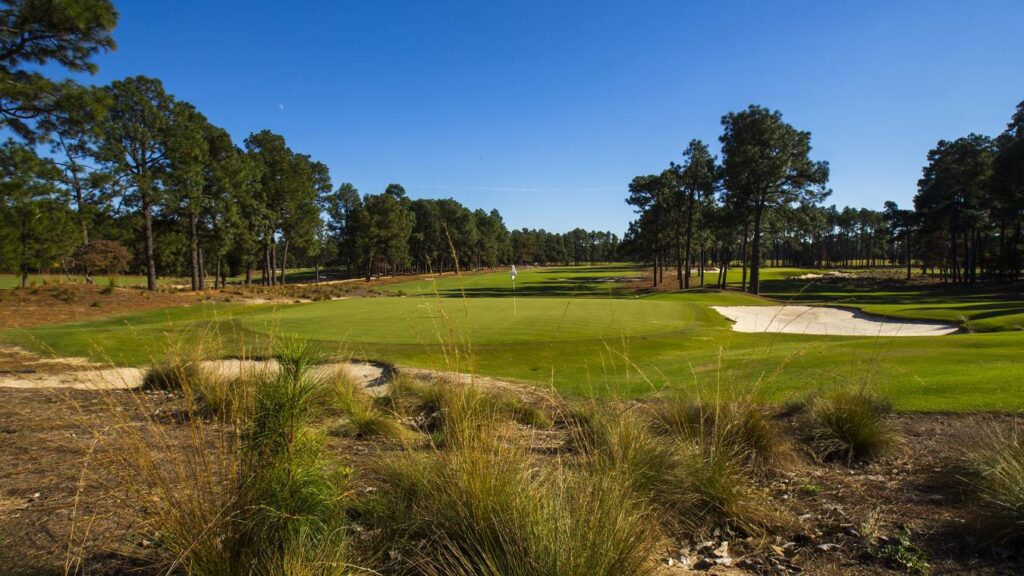
Coore & Crenshaw Roots Run Deep
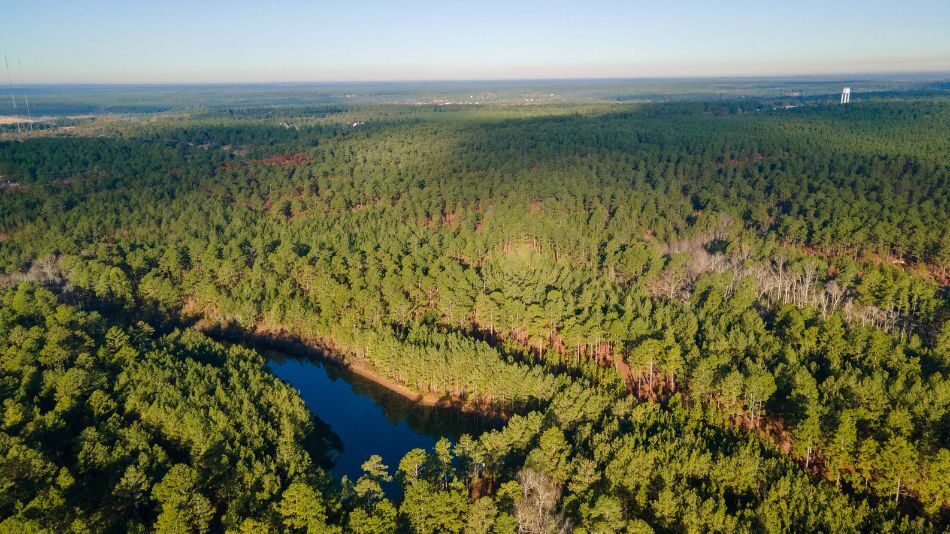
Pinehurst Resort Announces New Course to be Designed by Tom Doak
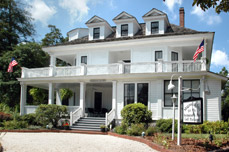
PINEHURST’S MAGNOLIA INN REOPENS

Southern Pines Golf Club Recognized
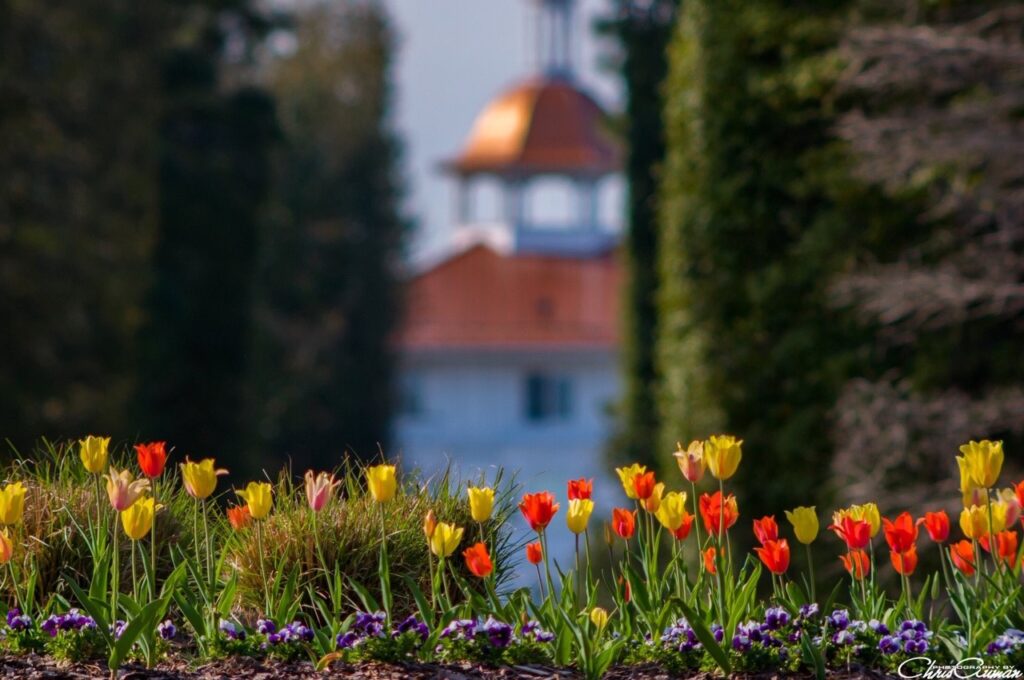
Spring in the Sandhills

Mother/Daughter Weekend in the Sandhills
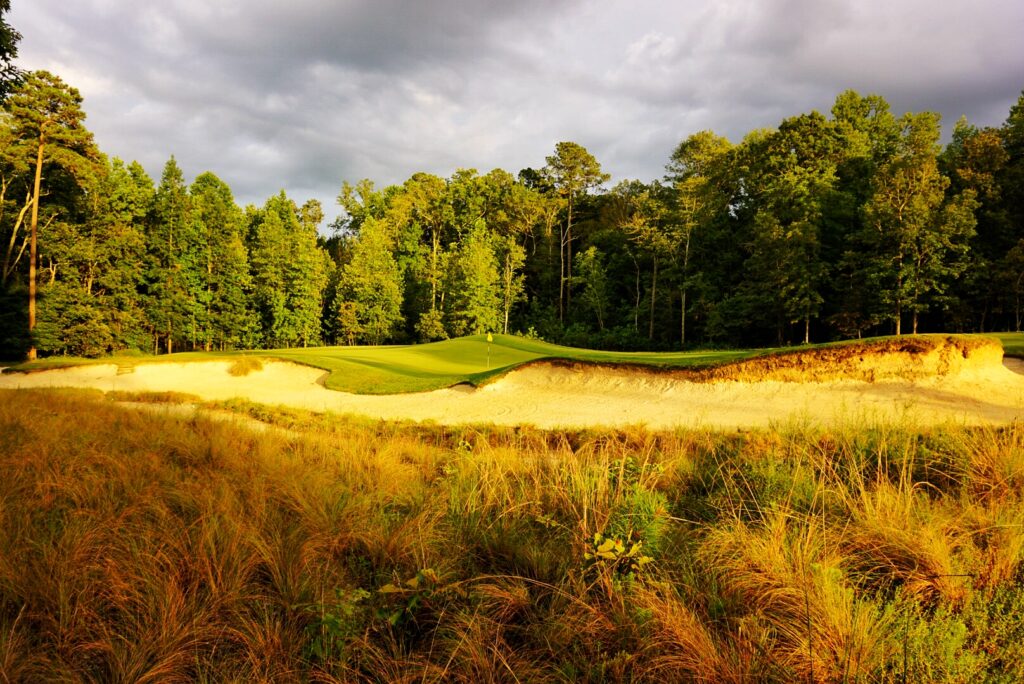
A Few of Our Favorite (Golfing) Things
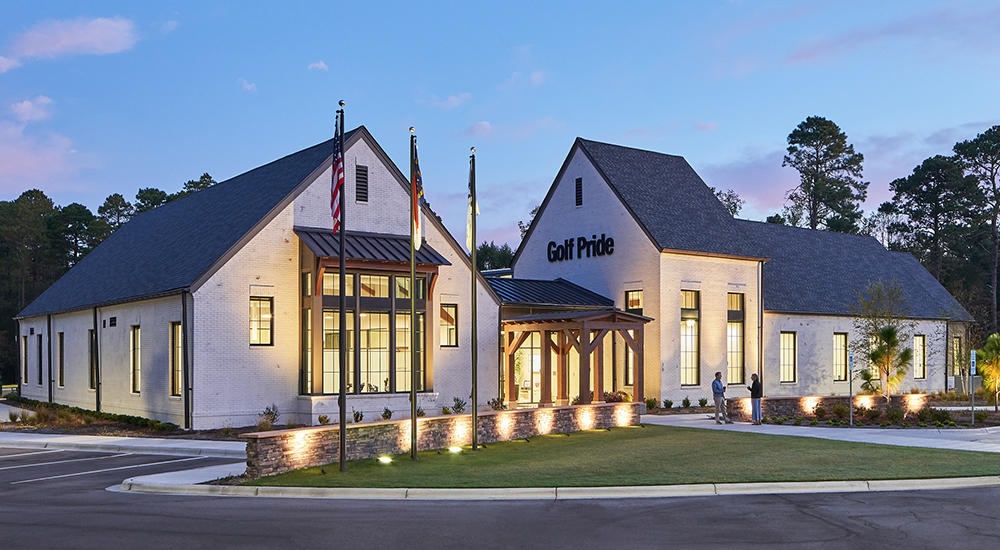
Golf Pride Retail Lab a must-see experience for your Pinehurst itinerary
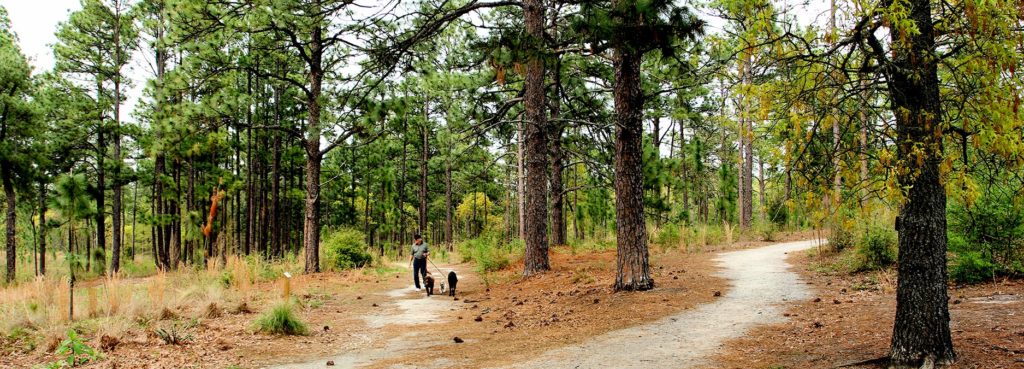
6 Trails to Explore for the Year of the Trail

Pinehurst No. 2 Still Ranked Best Course in NC

Sandhills Ecology 101

X Marks the 10-Spot

Best Date Night Ideas in the Sandhills
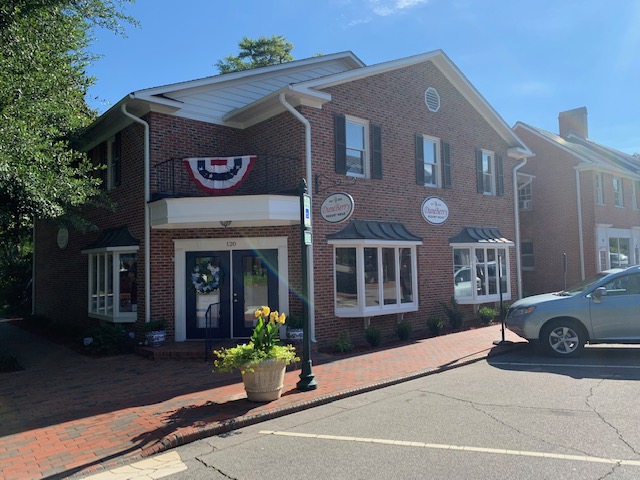
Small Towns Big Style

9 Urban Trails Around Pinehurst Area
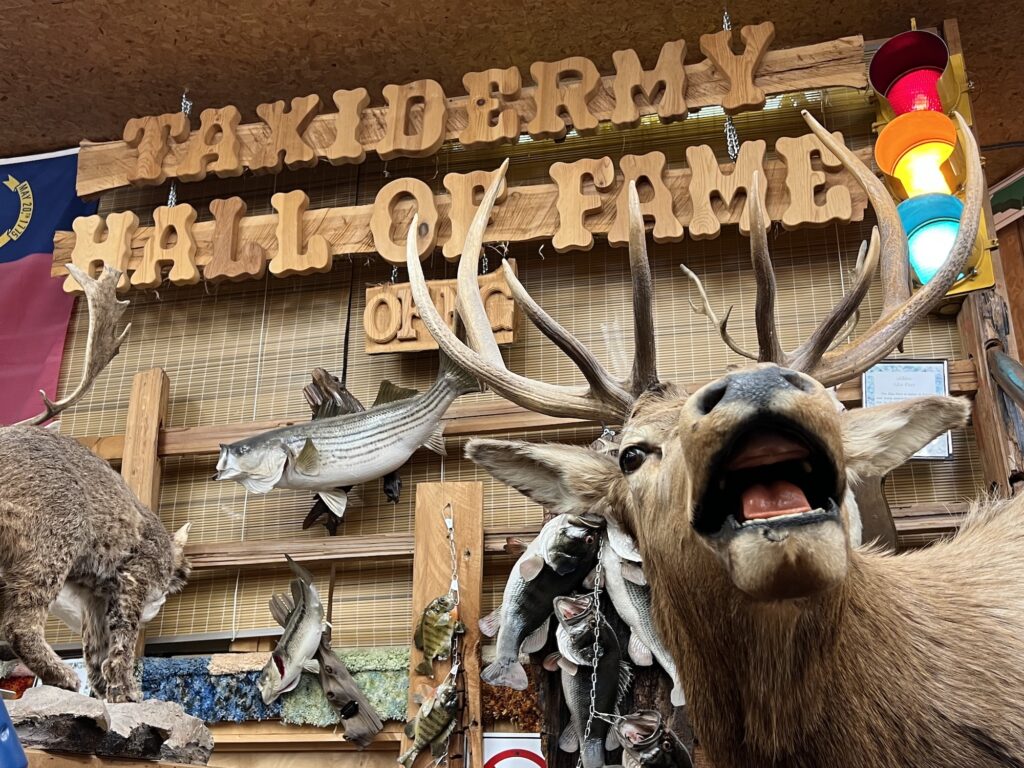
Uniquely Pinehurst

2024 U.S. Open: A Look Ahead

1999 U.S. Open: A Look Back

A Restorative Weekend Getaway at Tanglewood Farm B&B in Southern Pines
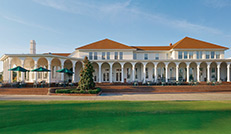
Top Things To Do On A Long Weekend

Independence Day in the Sandhills
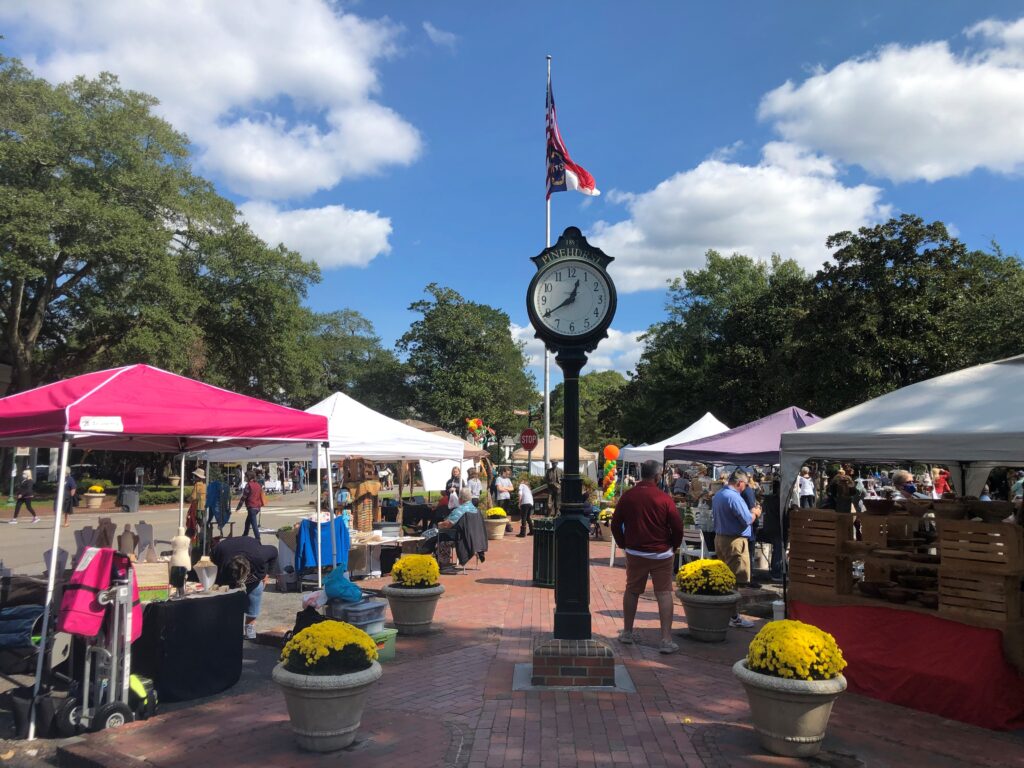
Fall Events Around the Sandhills

Celebrating NC Peaches

Kid You Not
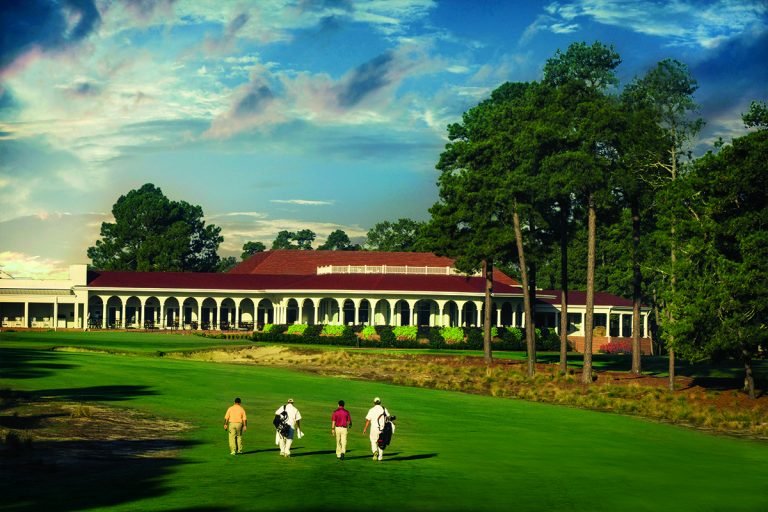
Sleepy Summers No More
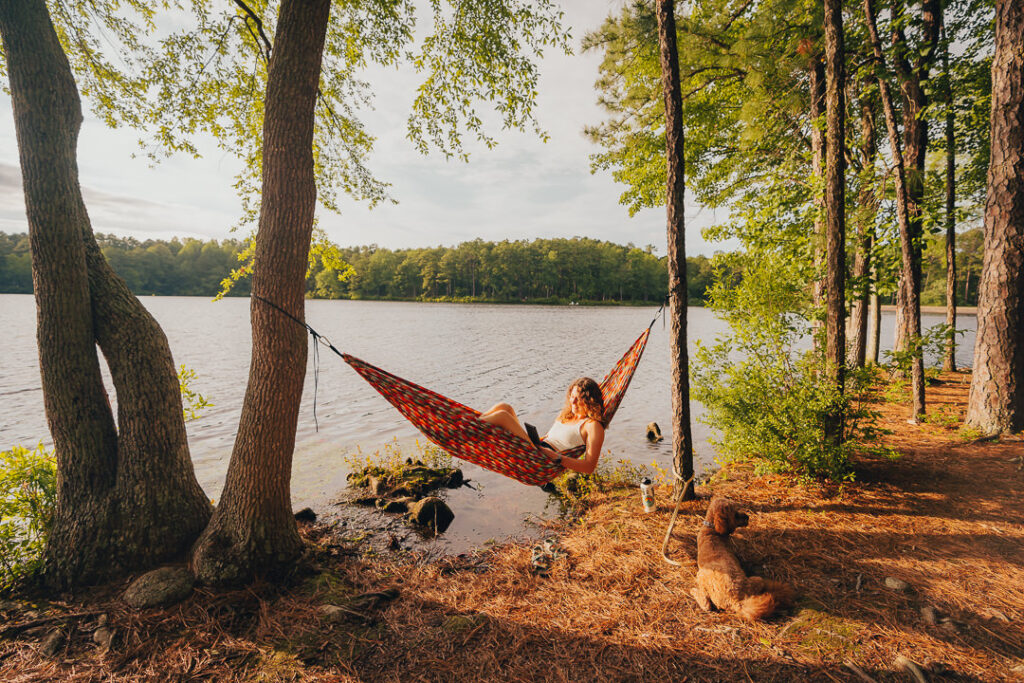
Getting Outside

When They Were Young
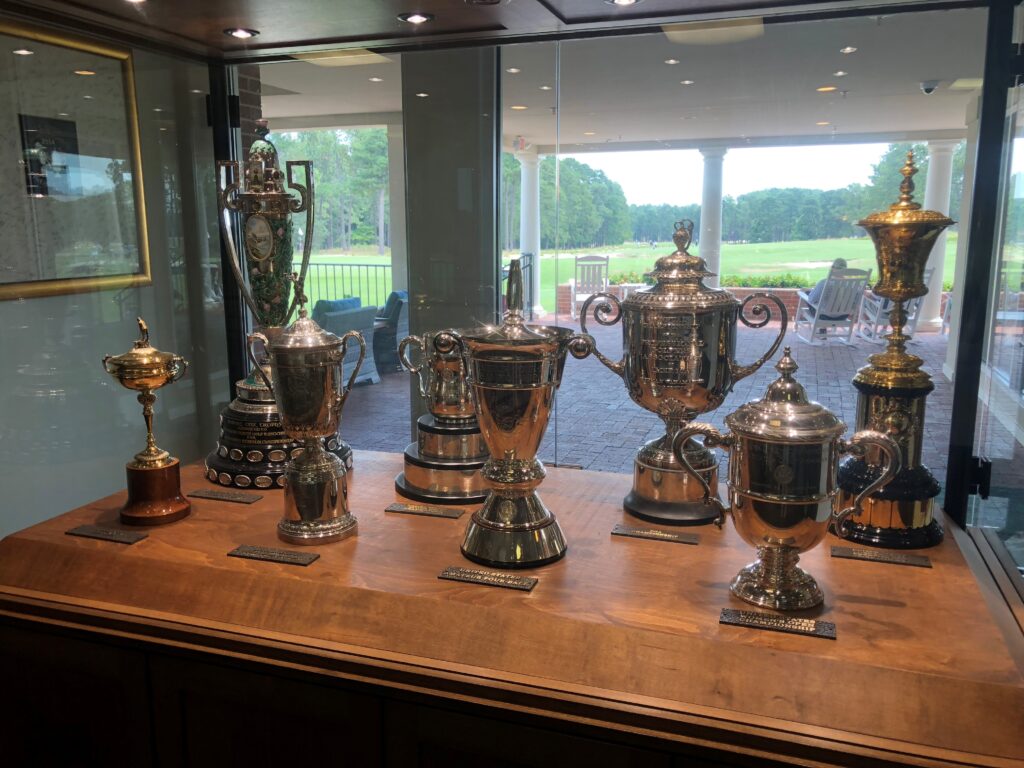
Pinehurst Major-itis

Loving Our Black & Whites
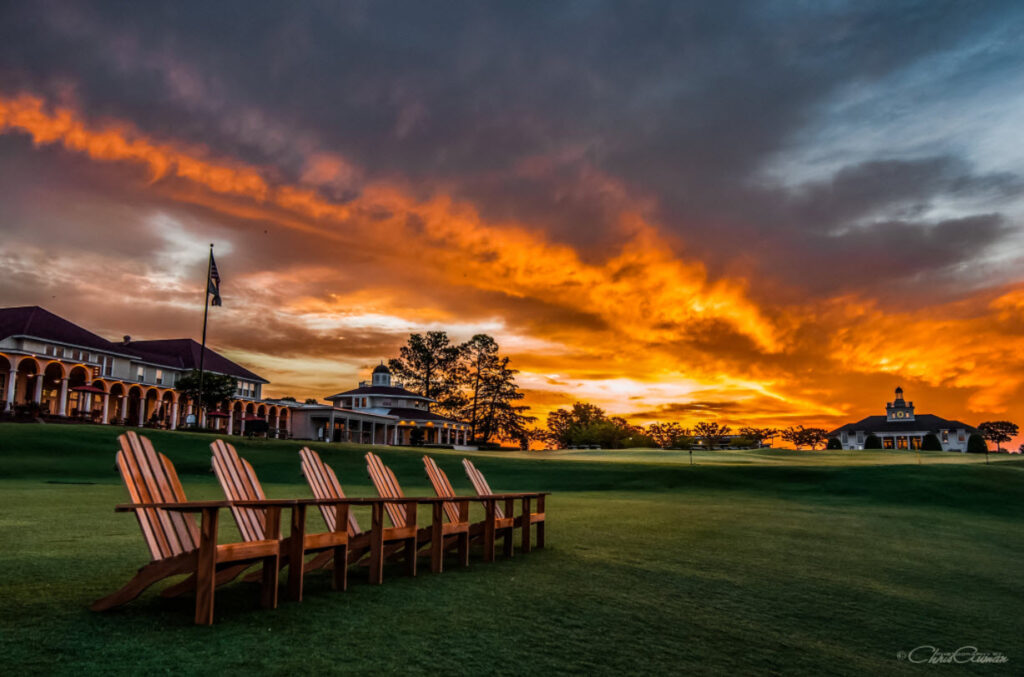
Lens of the Sandhills

Festival D’avion Named as Signature Event
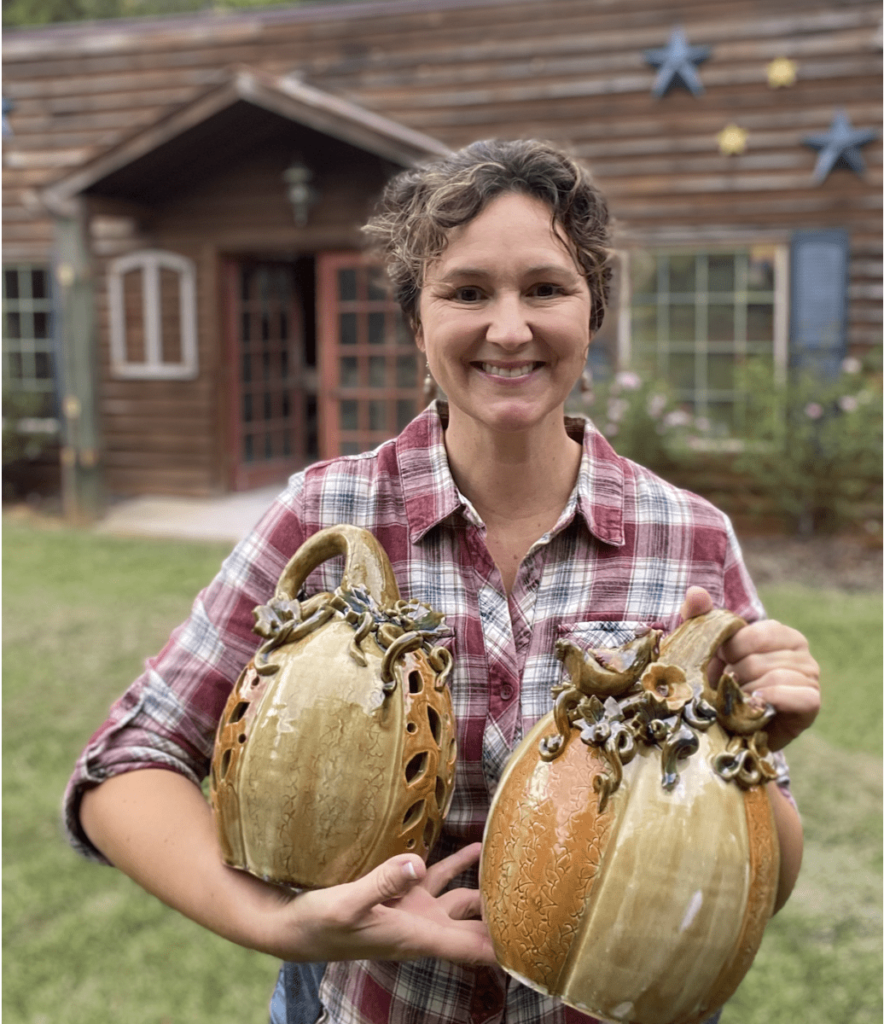
Celebrate American Craft Week

Act Two for Tot Hill Farm
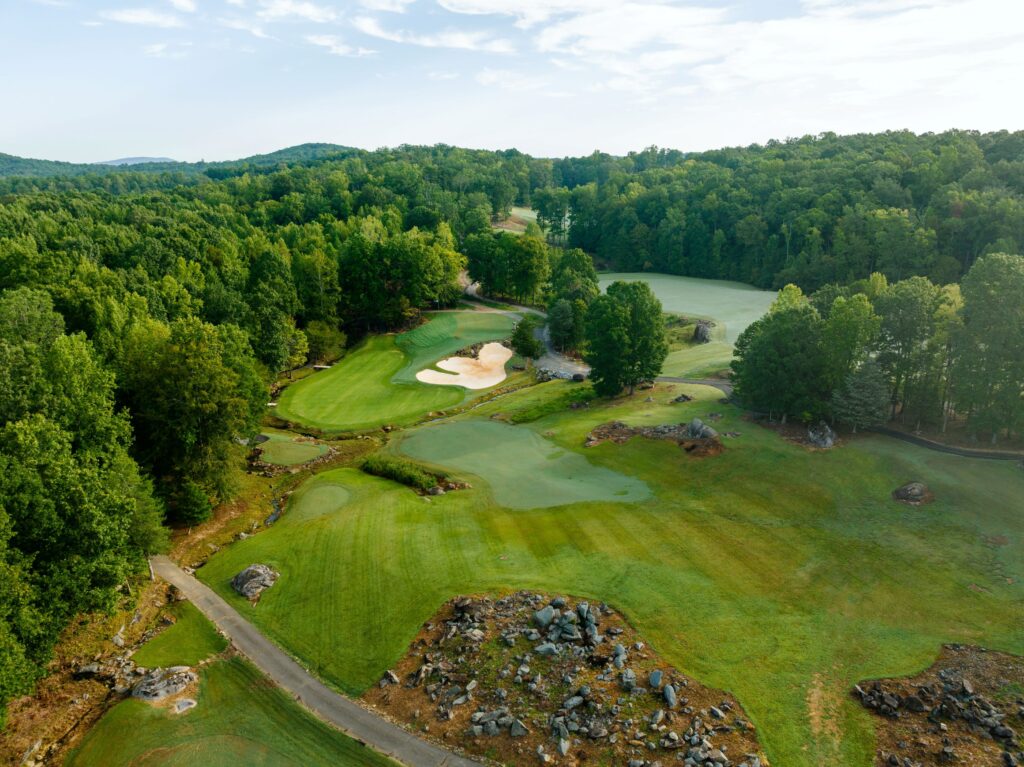
An Artist in the Dirt
Legends of the Pines

Breakfast Joints of the Sandhills

The Scottish Invasion

To Dornoch and Back
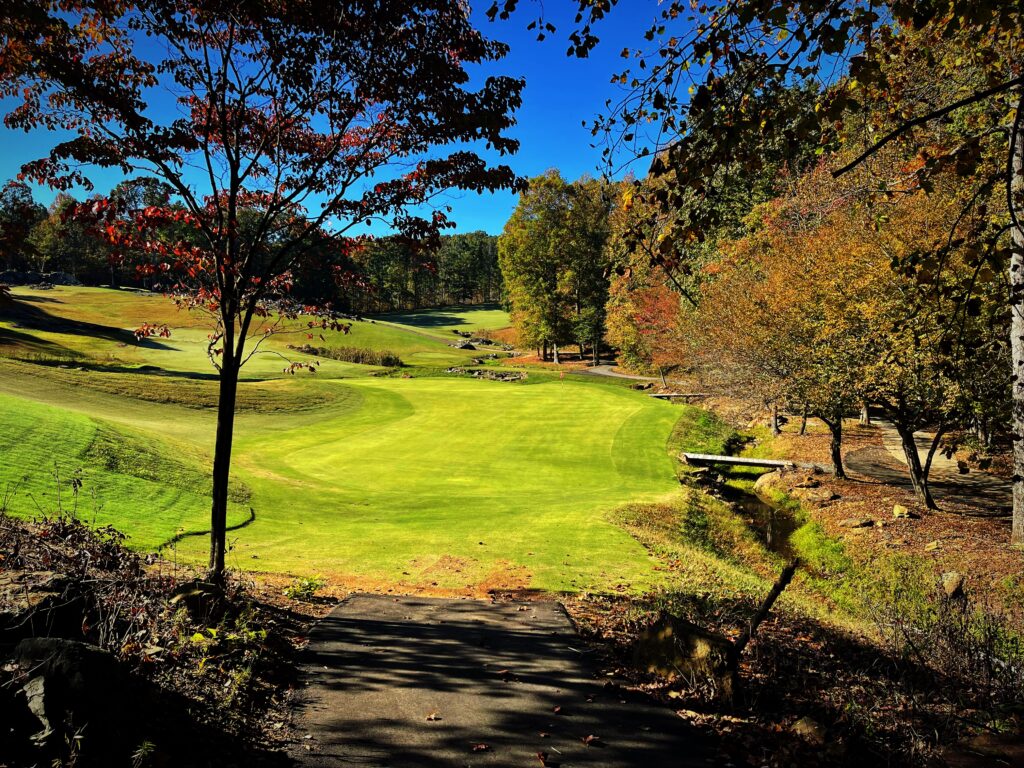
A “New” Pinehurst Welcomes the World in 2024
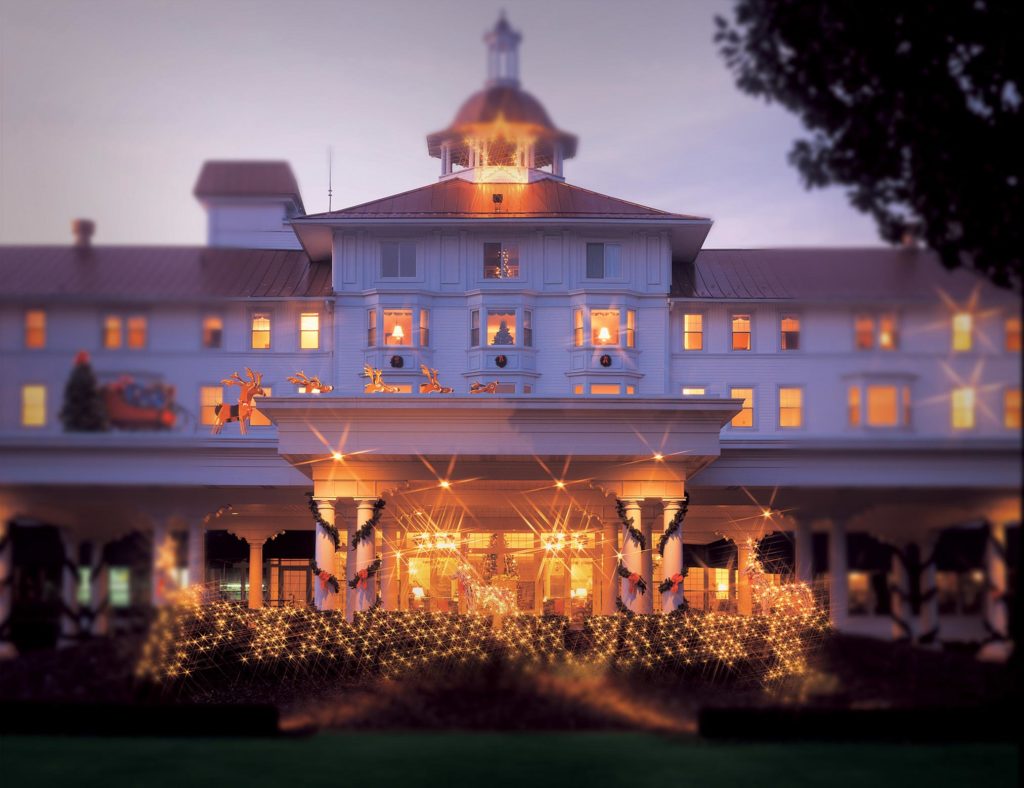
Pinehurst Holiday
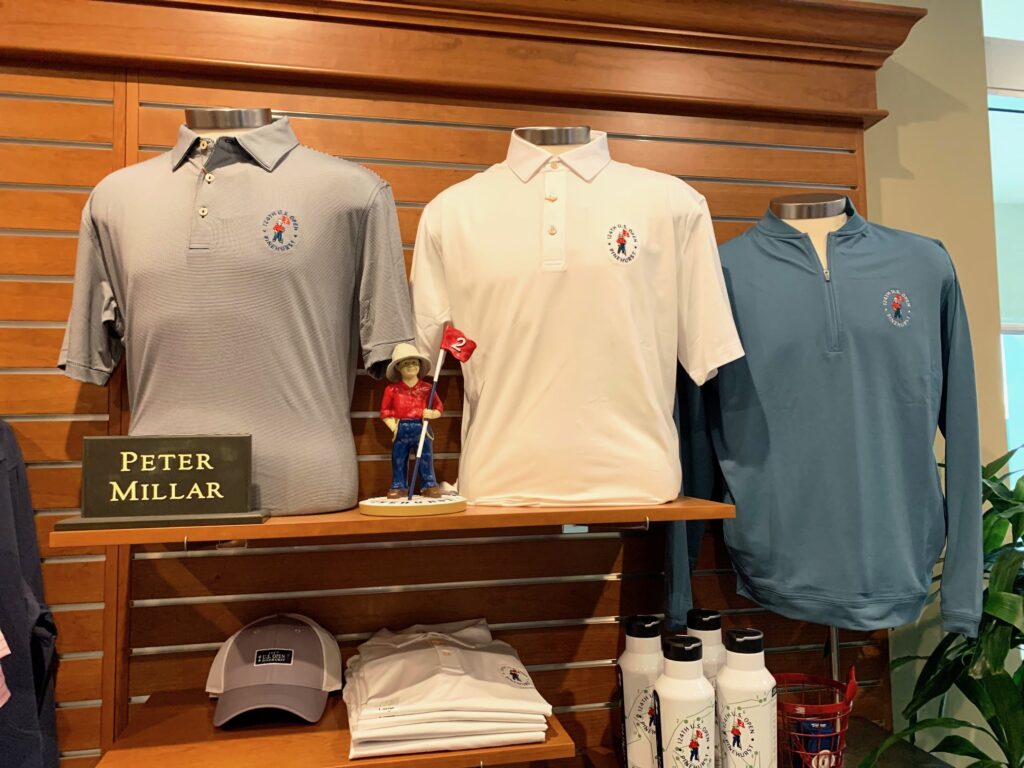
Golfers Gift Guide
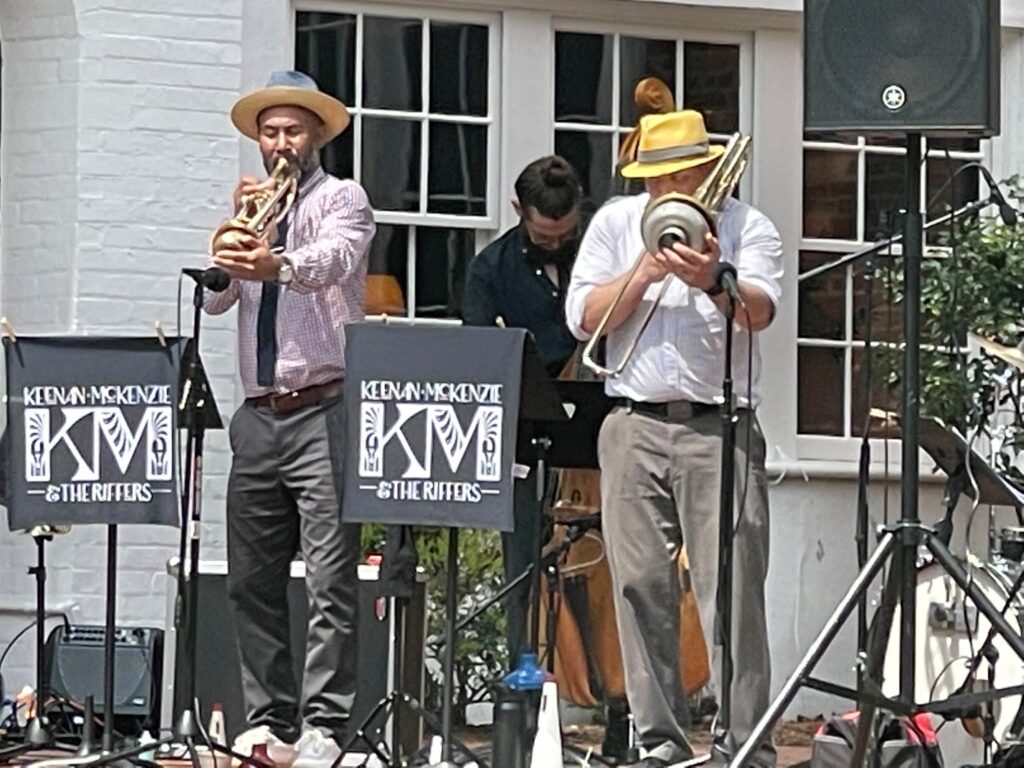
Sandhills Nightlife Scene

A U.S. Open Year

Payne at 25

Where to Antique in Cameron and Carthage

Girls’ Weekend in Moore County
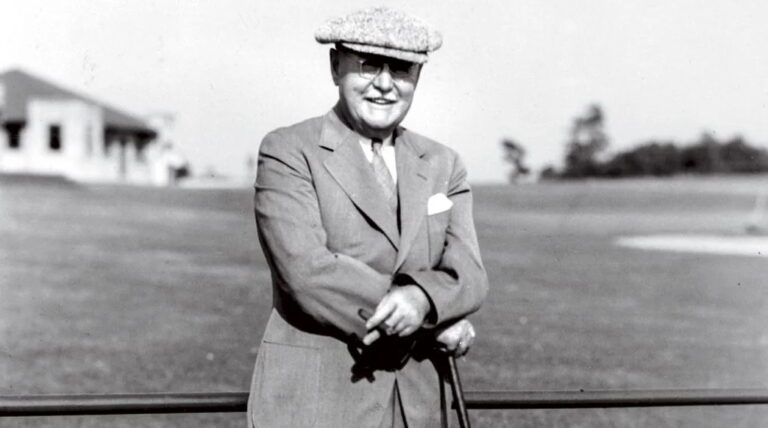
Sandhills Hall of Fame
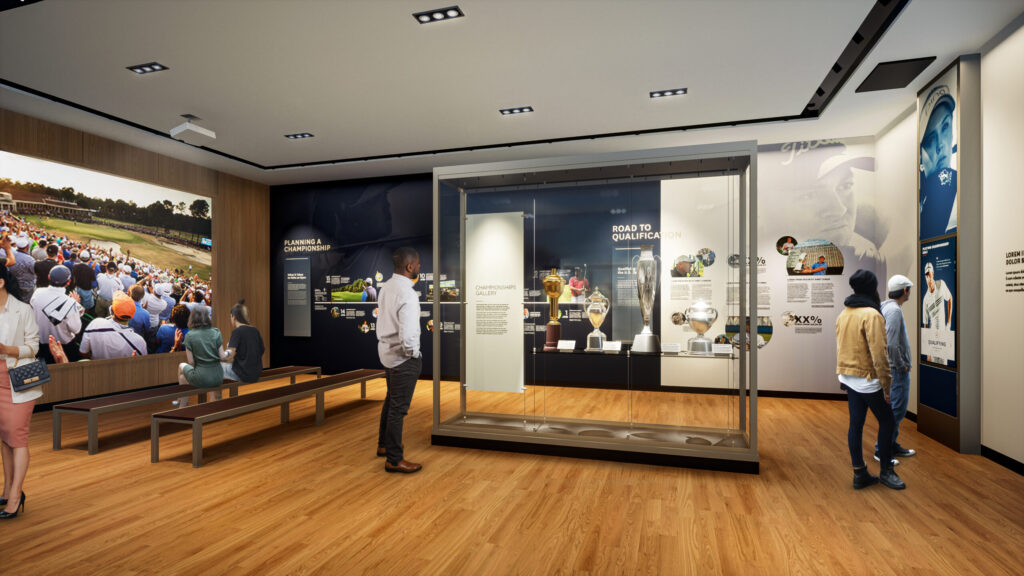
Hall of Fame Take Two
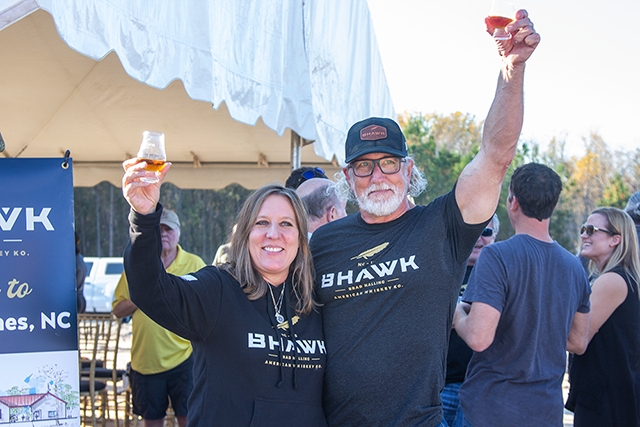
BHAWK Distillery Toasts Military Spirit

A Dozen Master Strokes
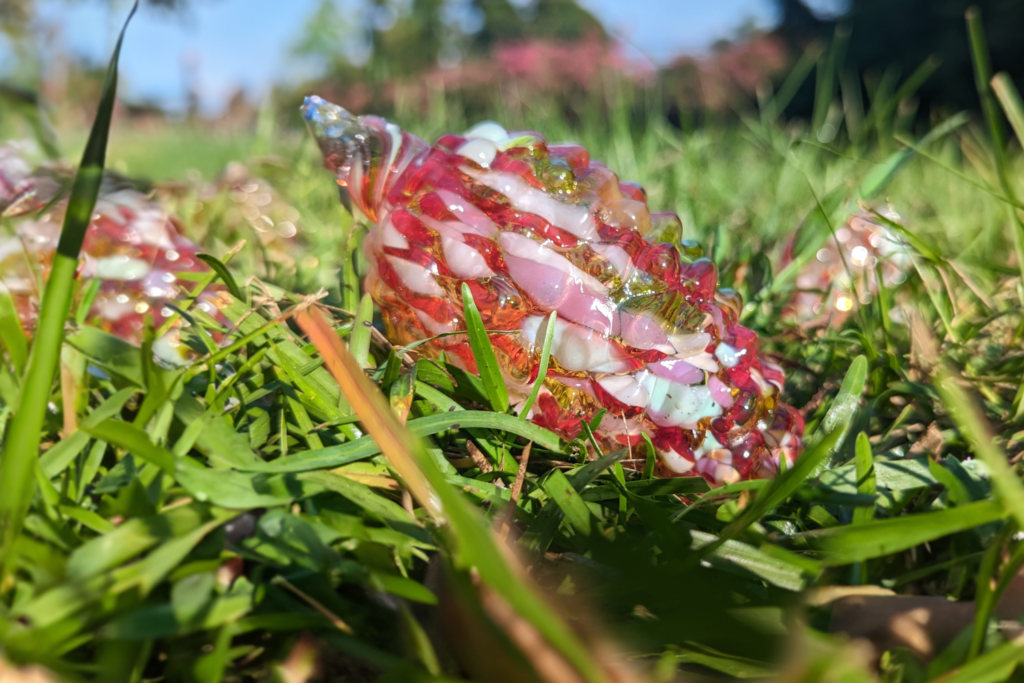
Popular Pinecone Pathways Returns for Spring 2024
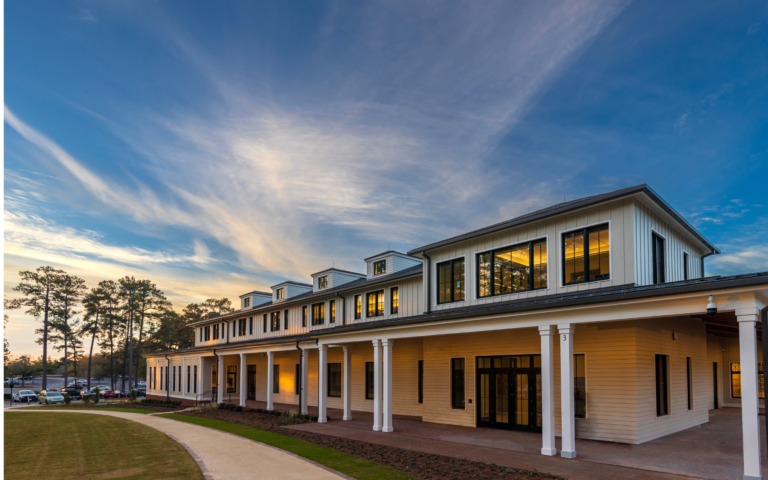
The Dynamic Decade
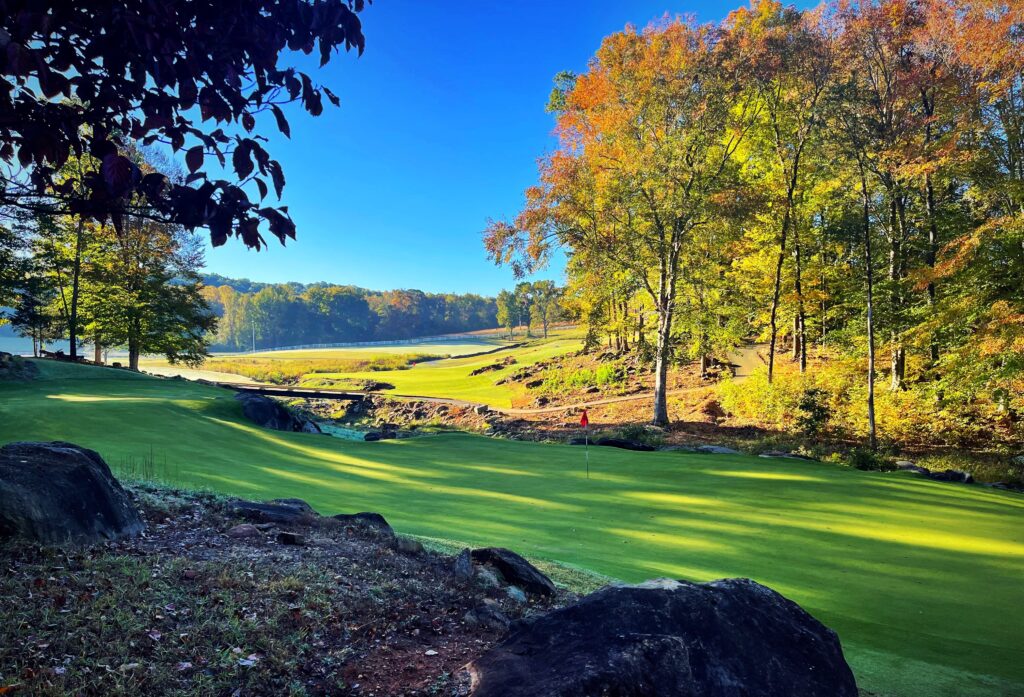
Sandhills Pours Double Dose
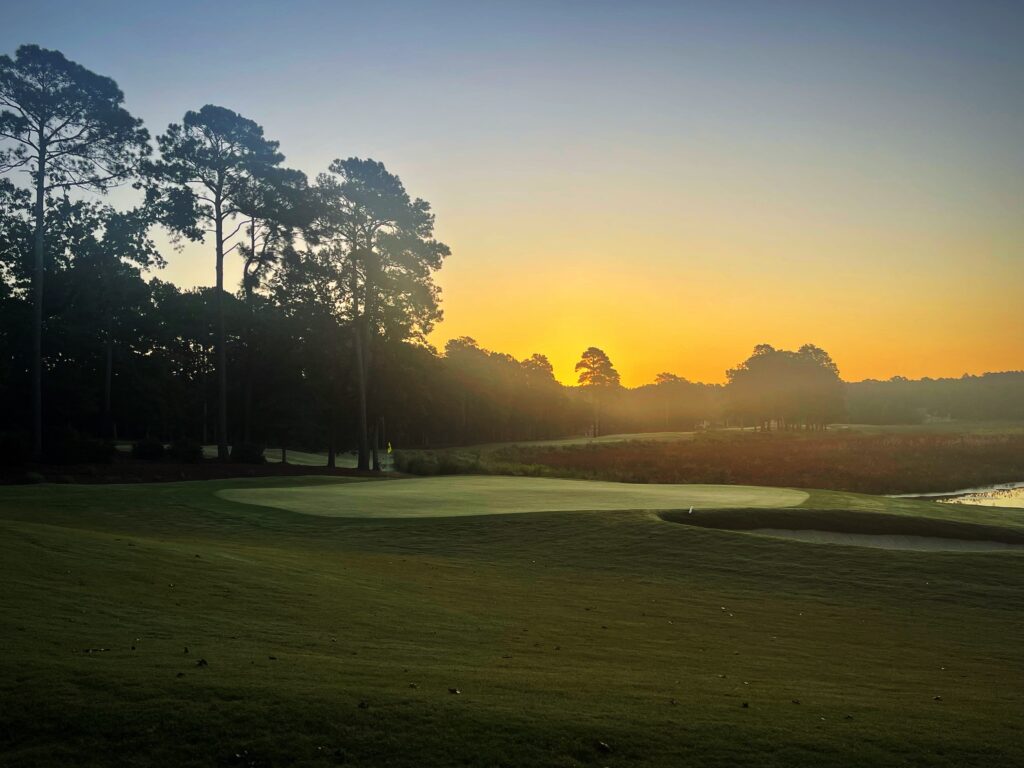
Rebirth at Woodlake
Pints in the Pines: A Guide to the Breweries of the Sandhills

